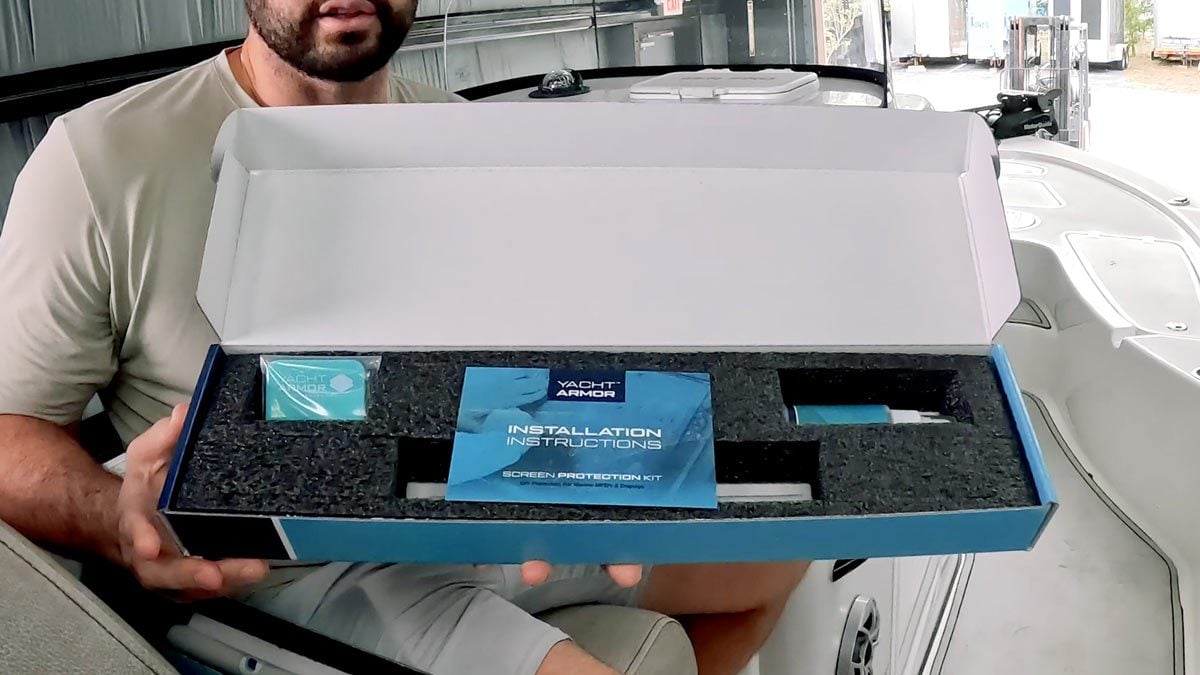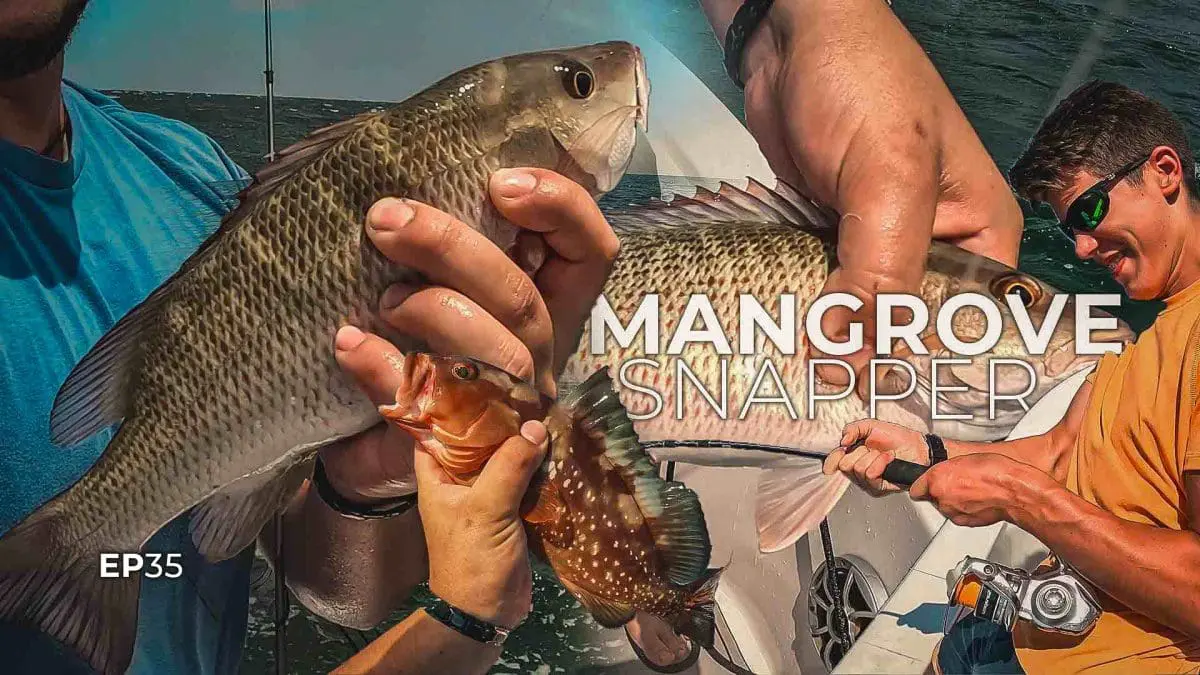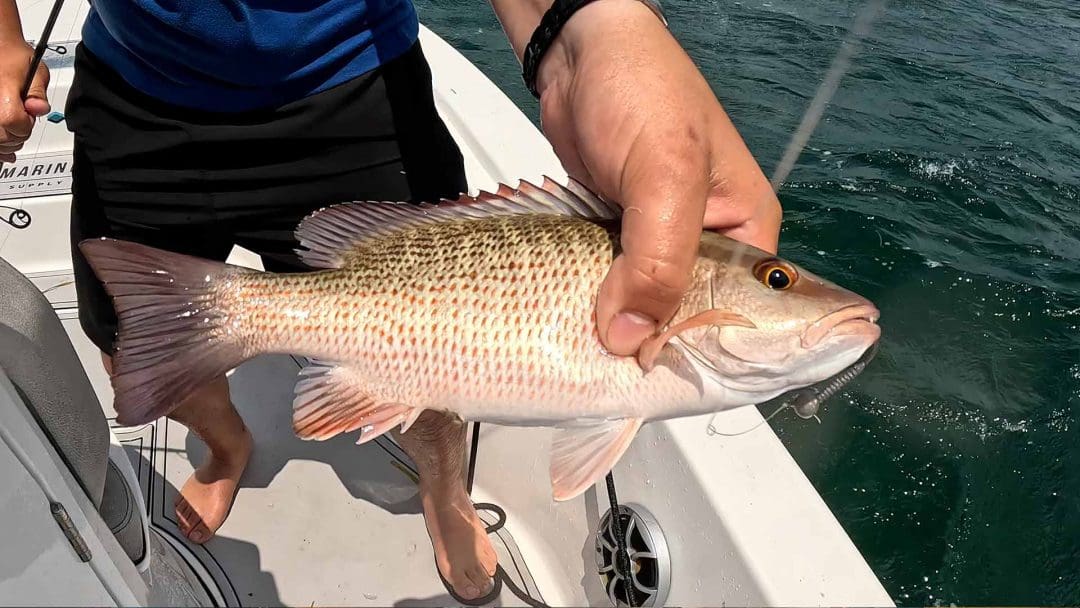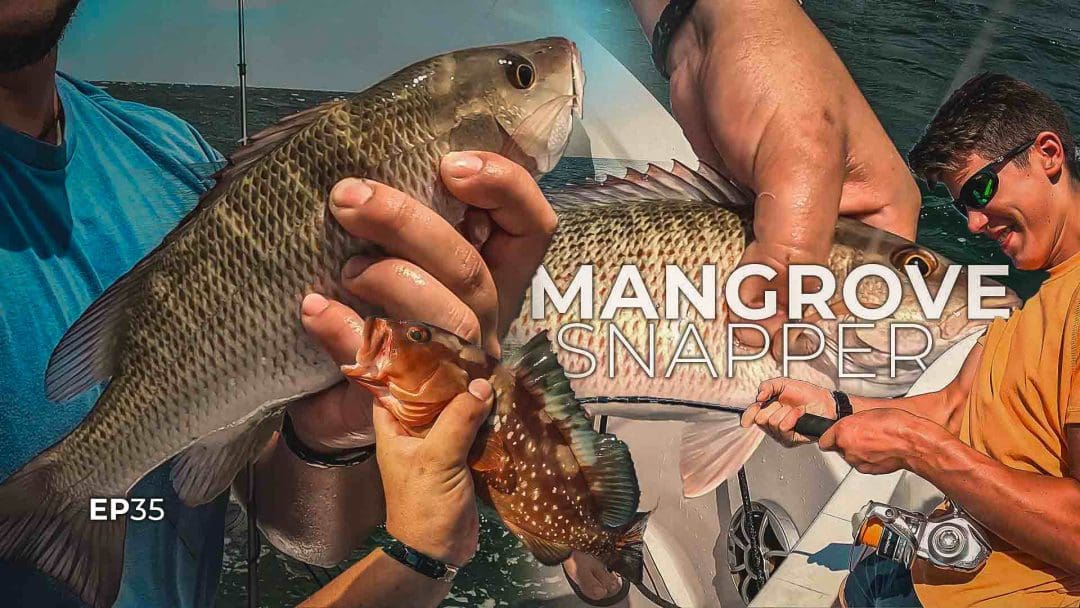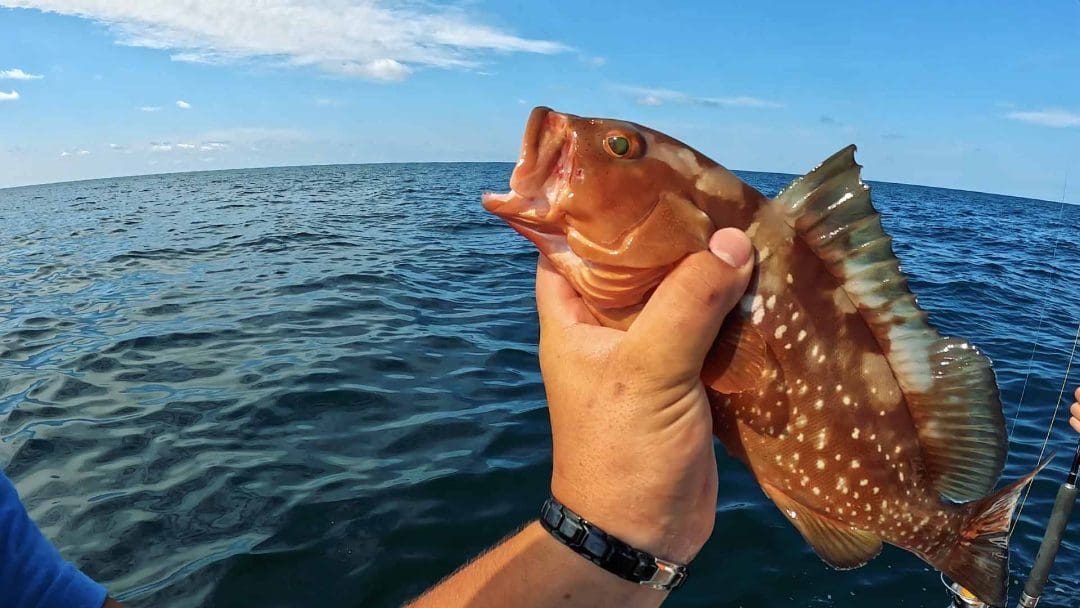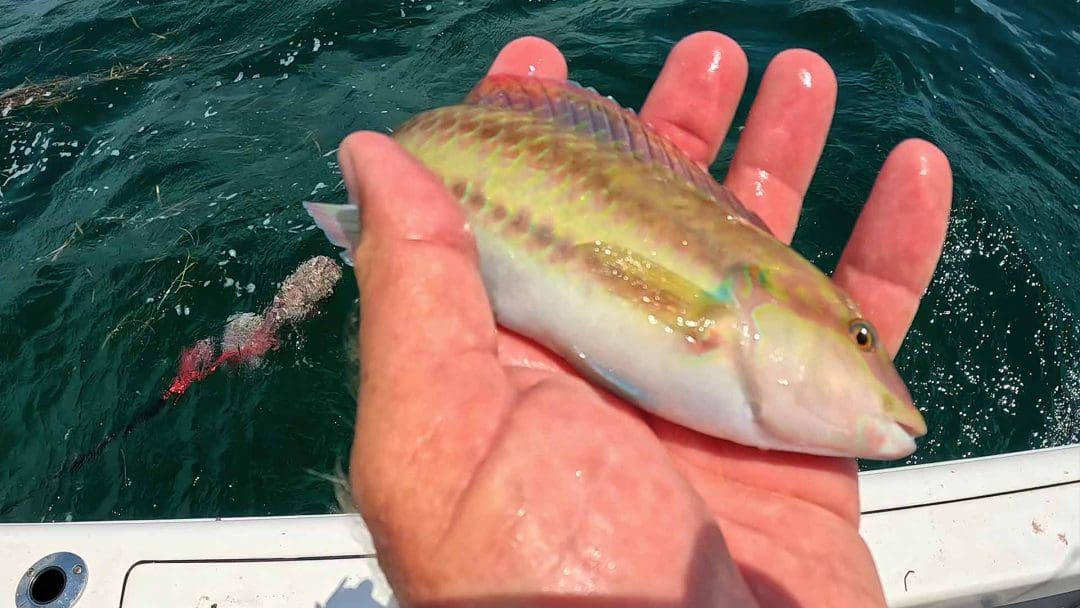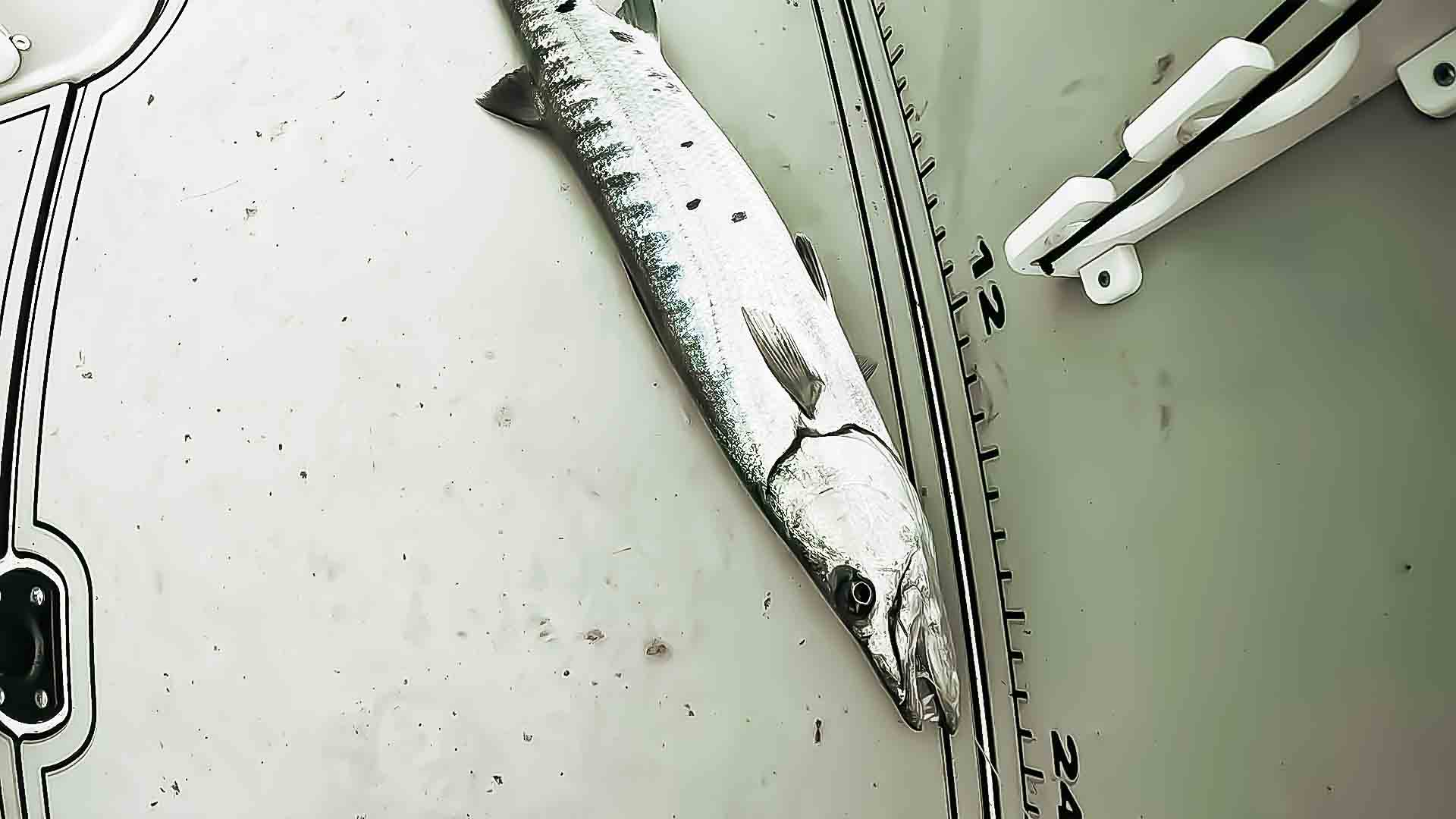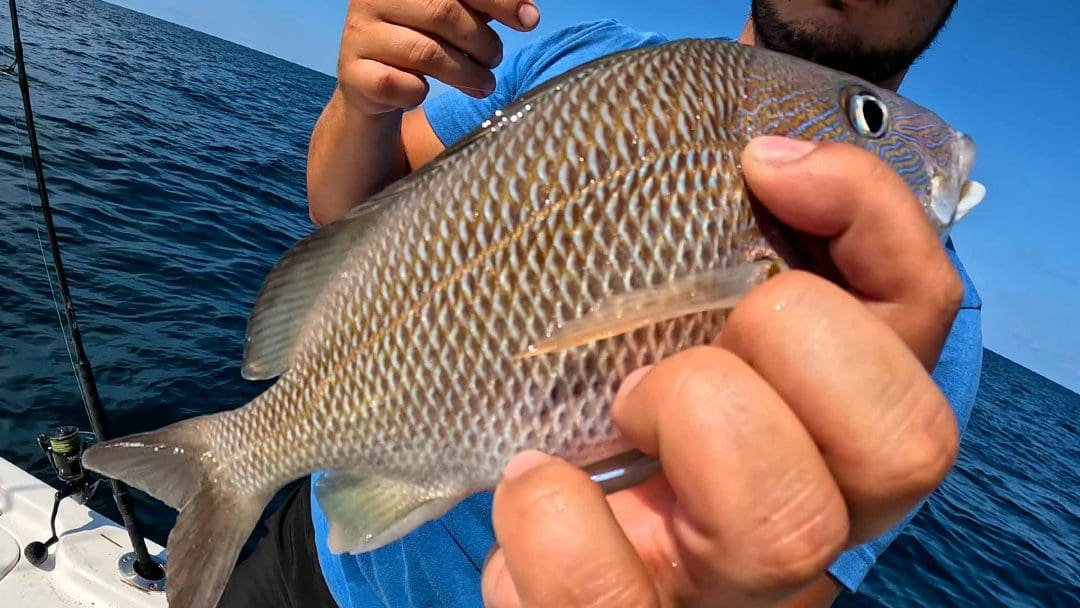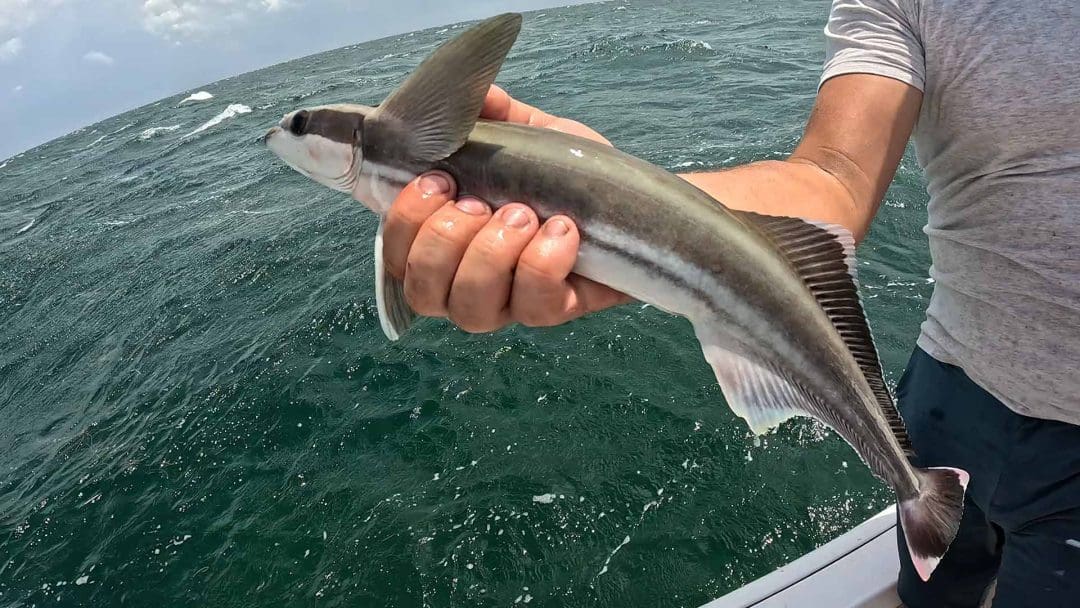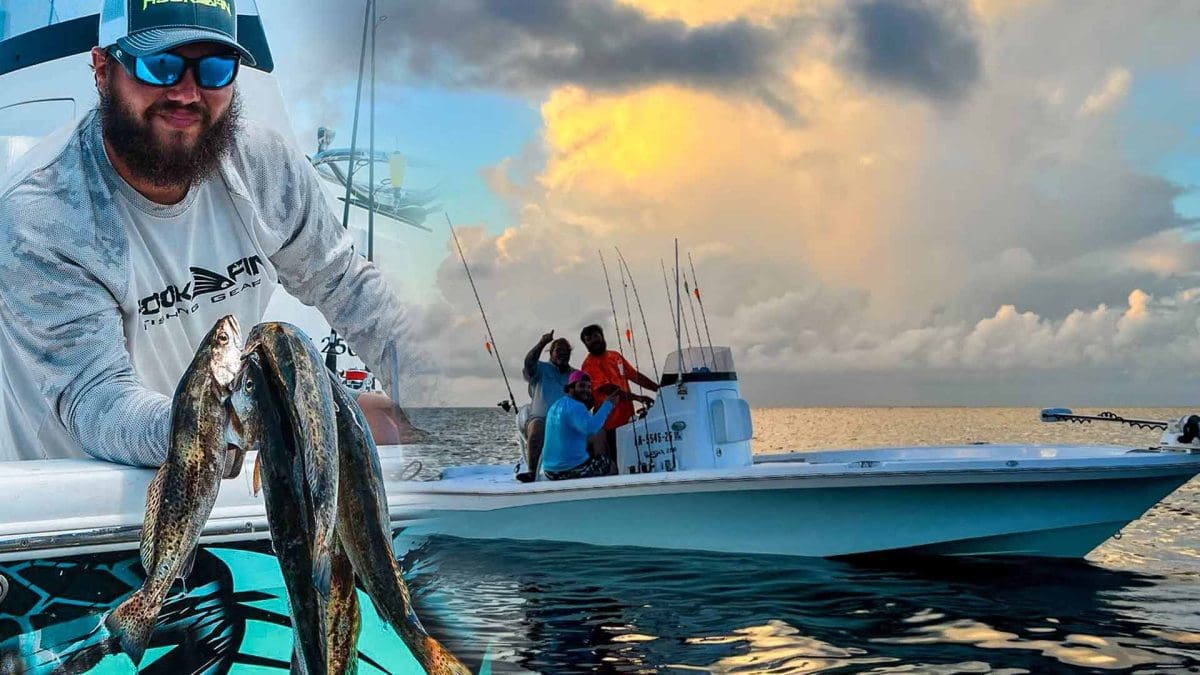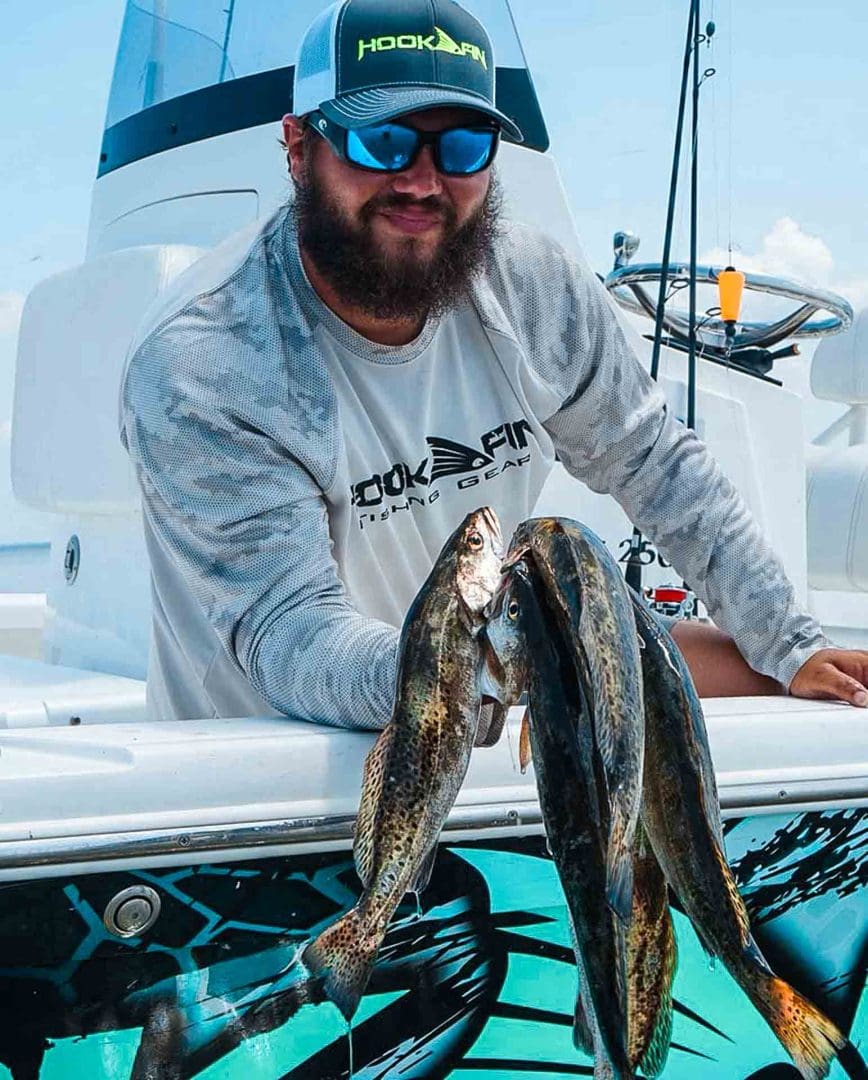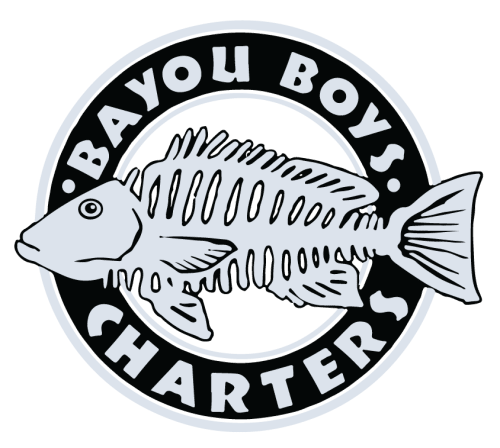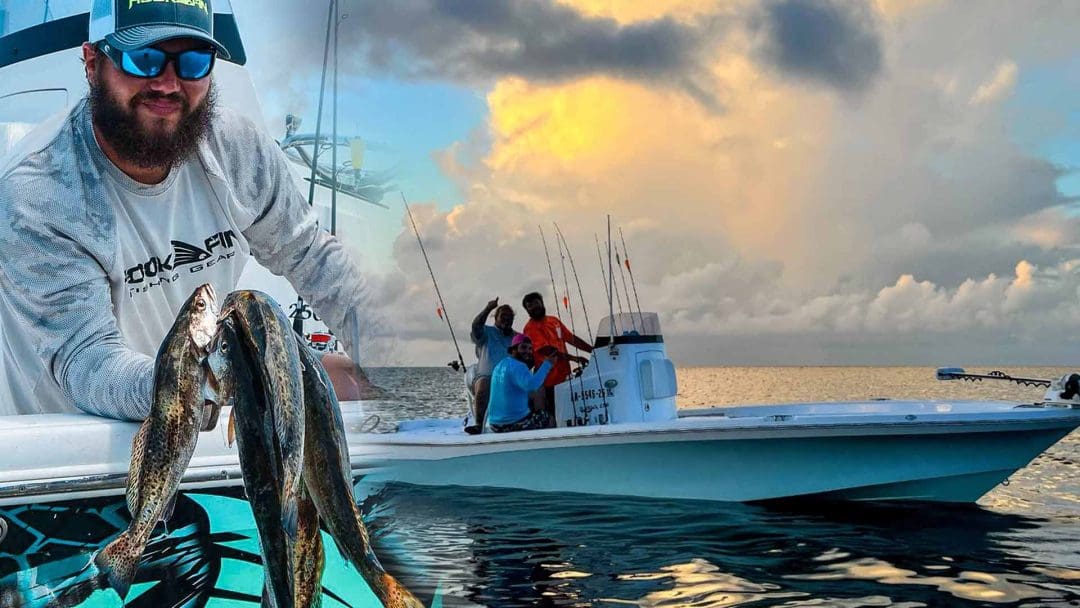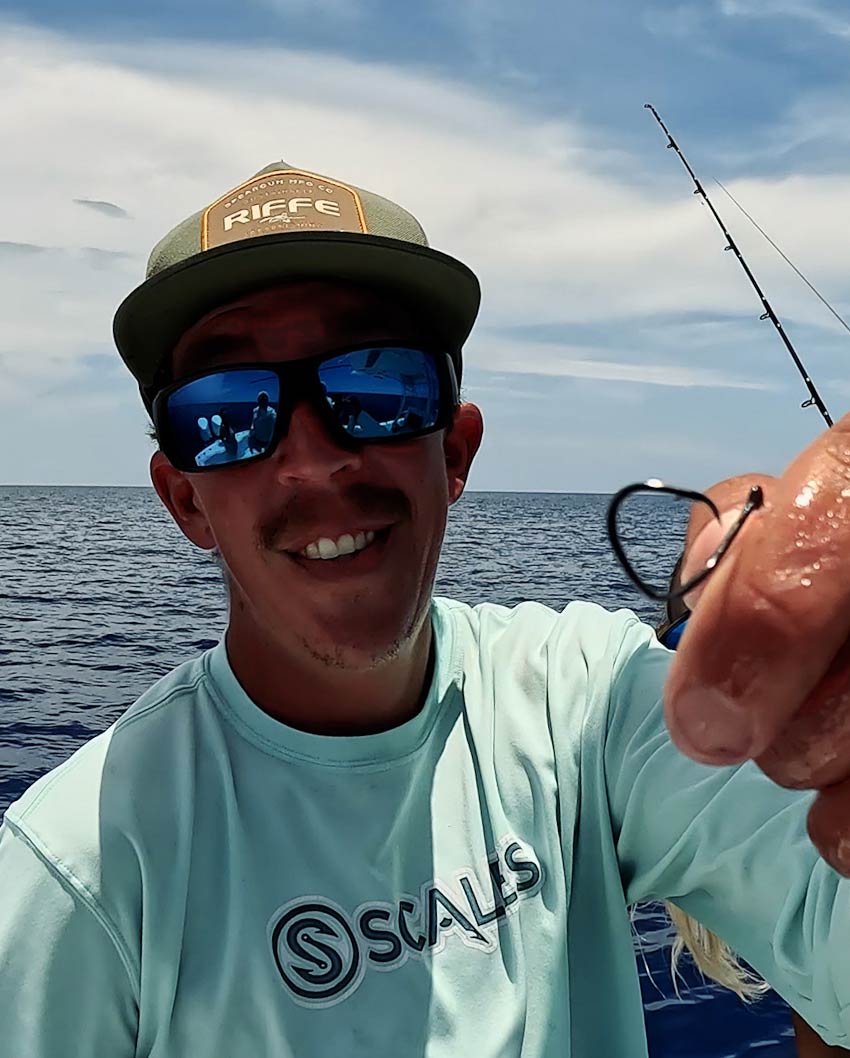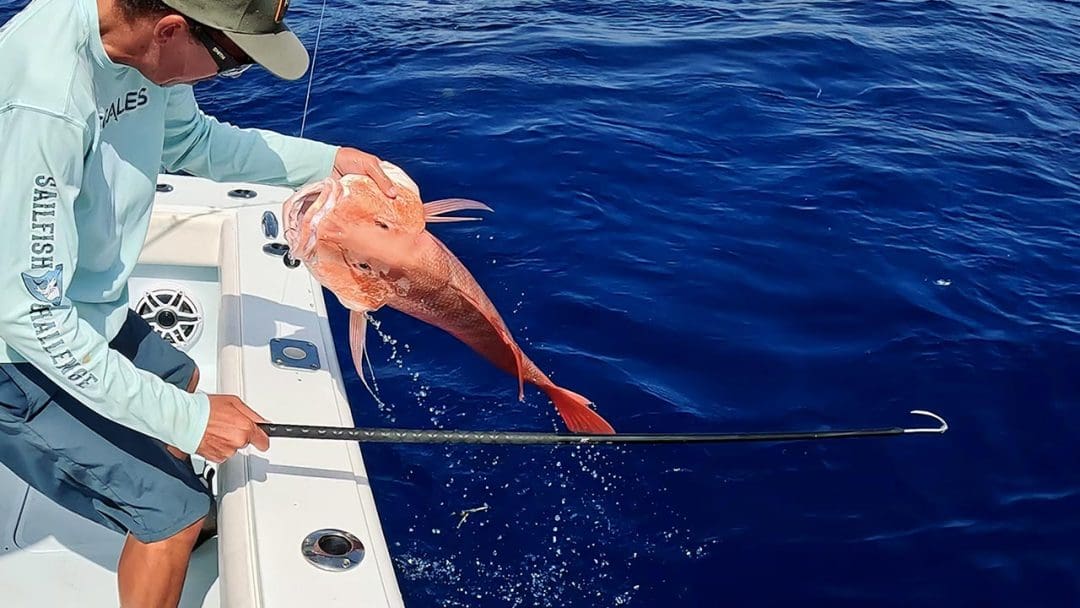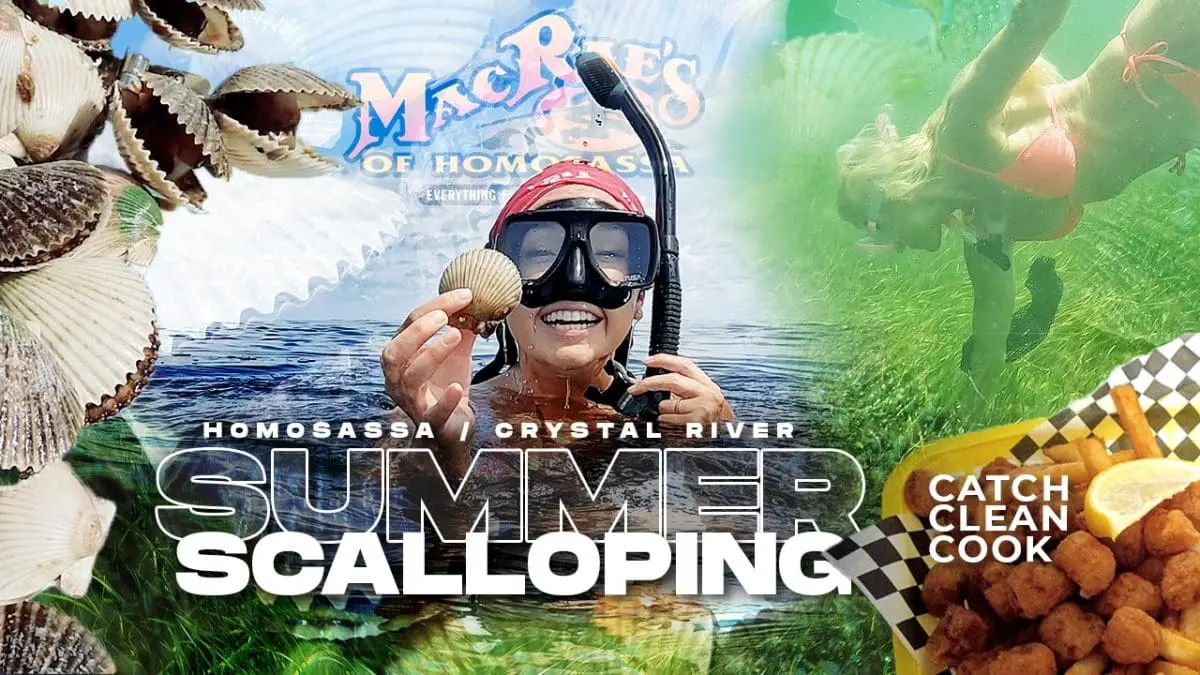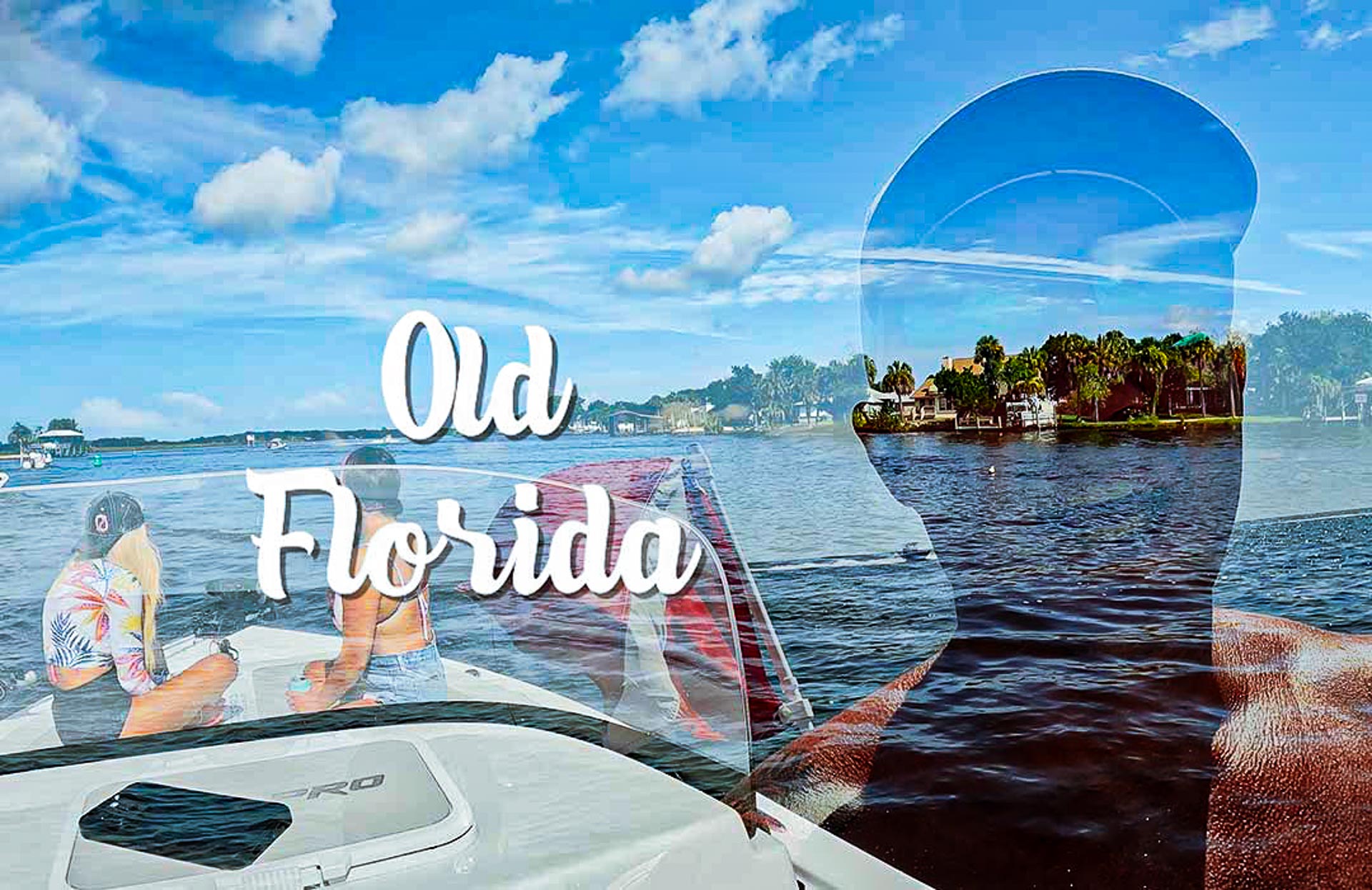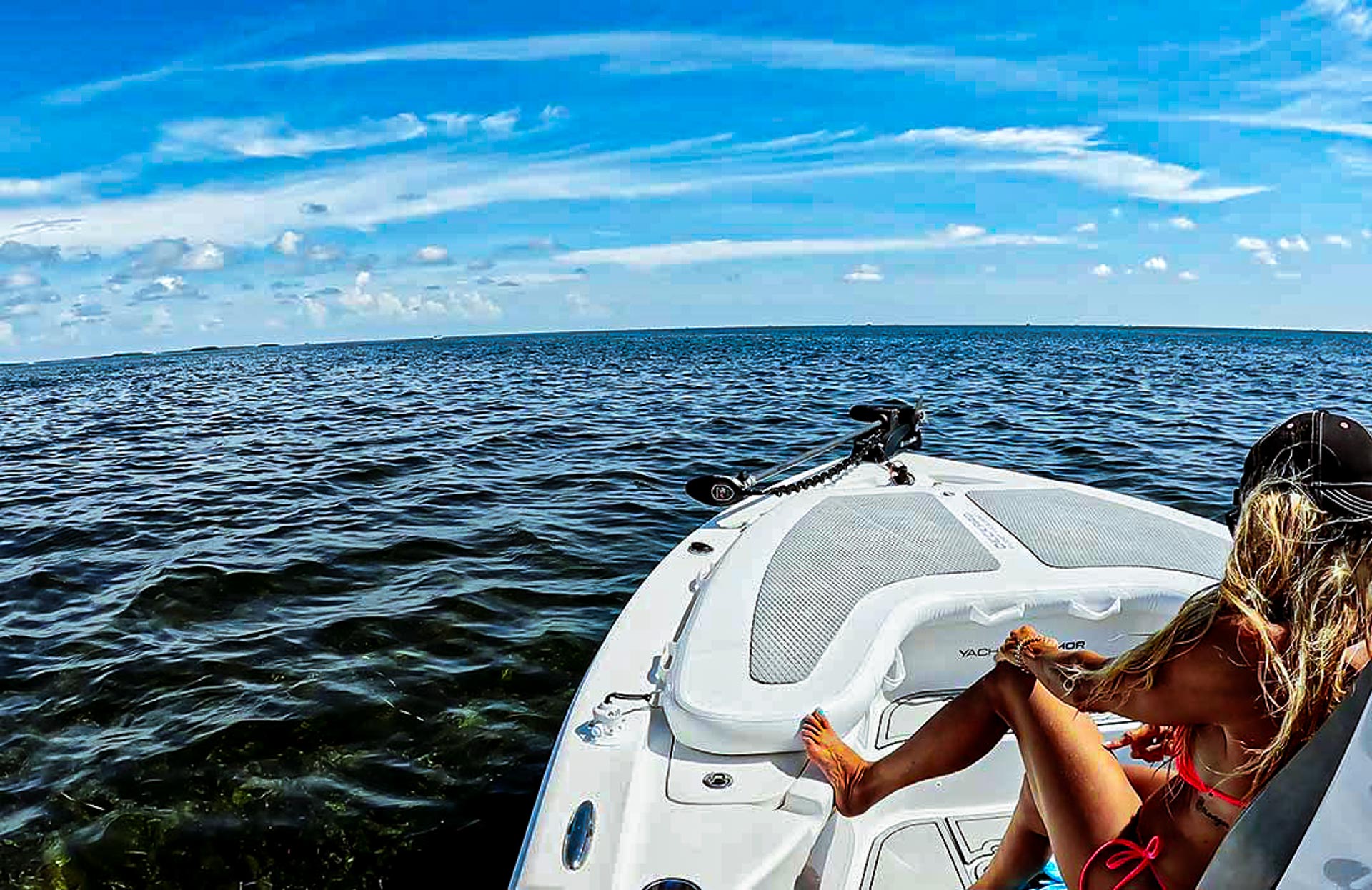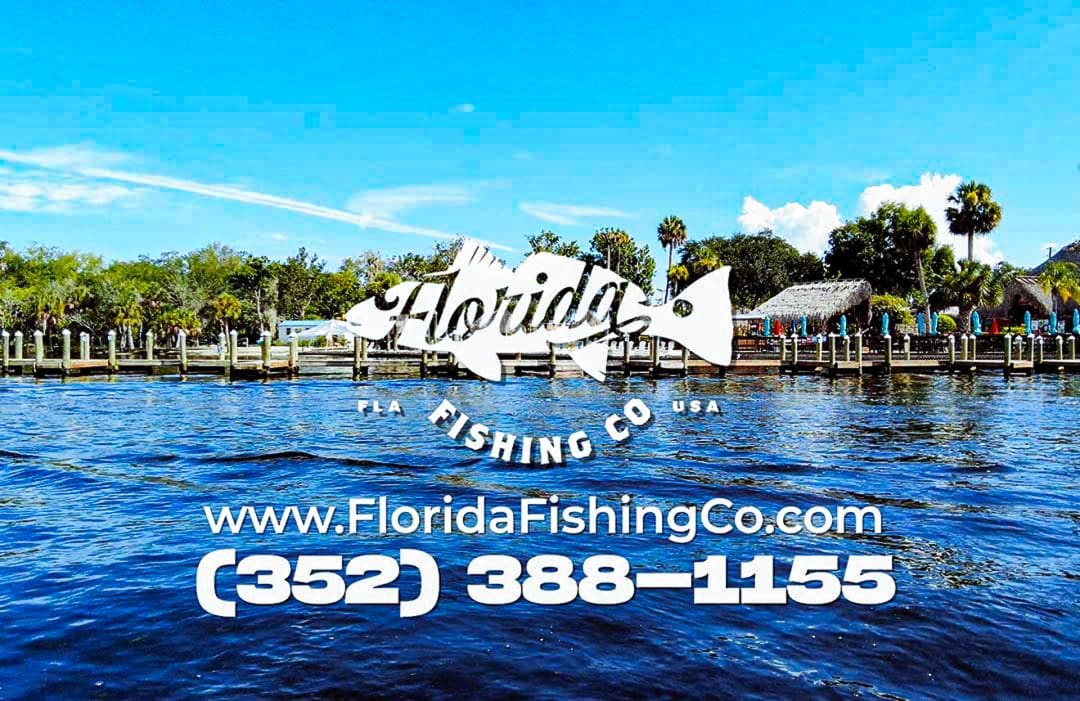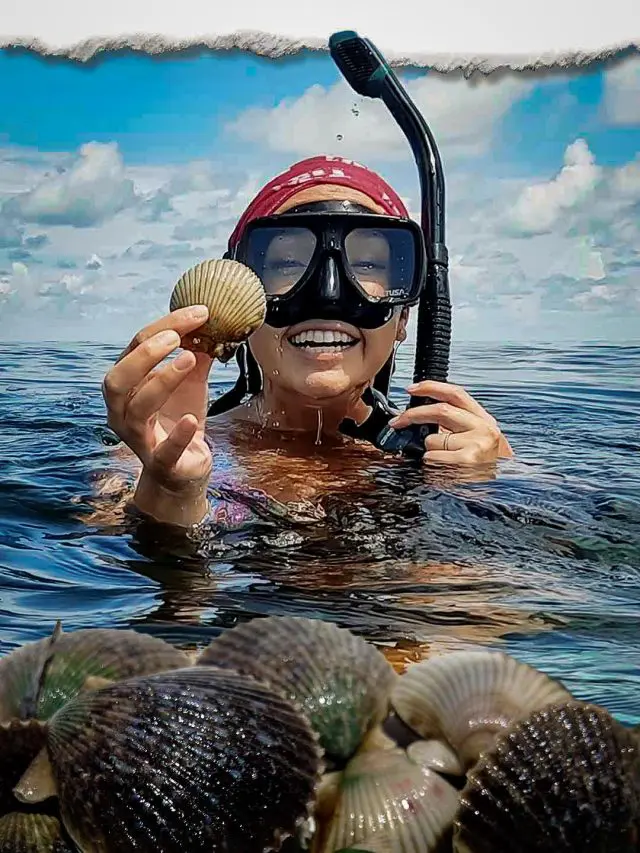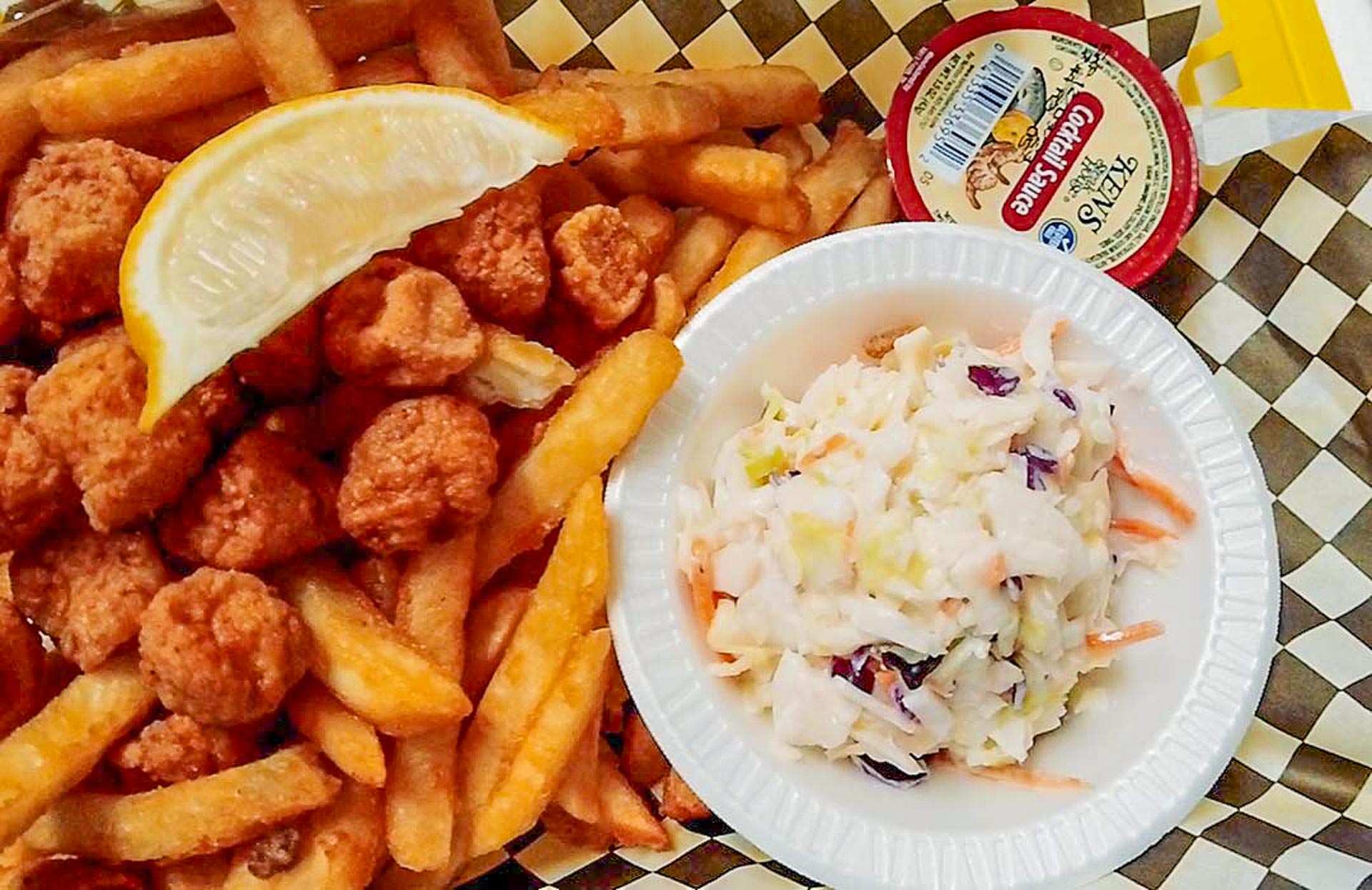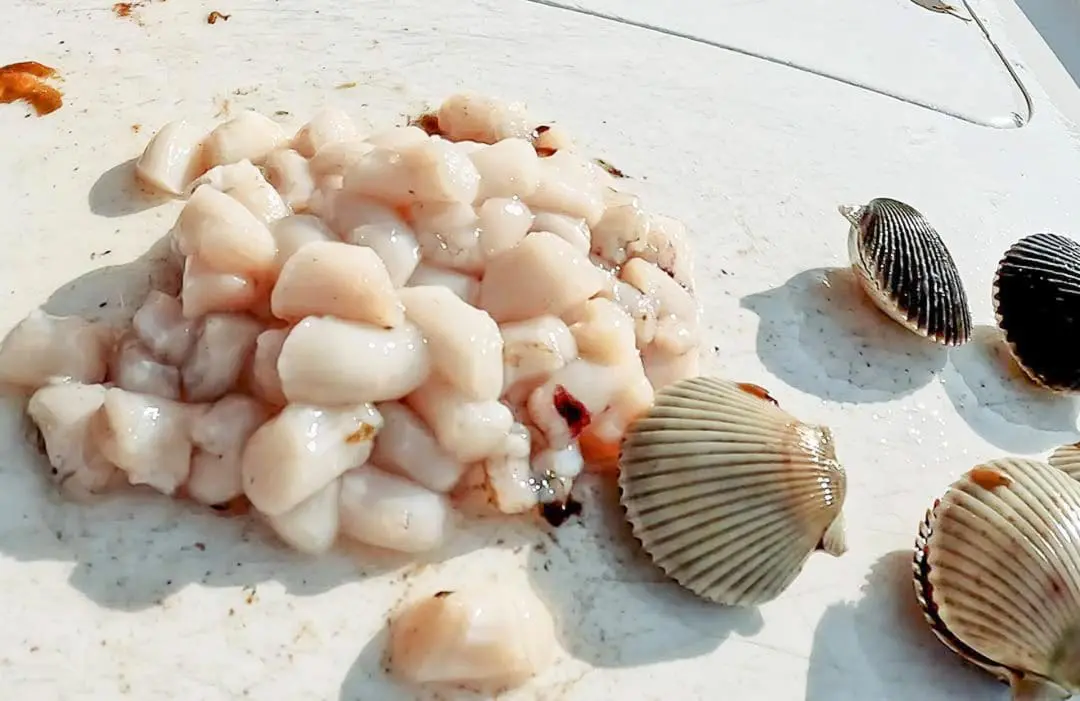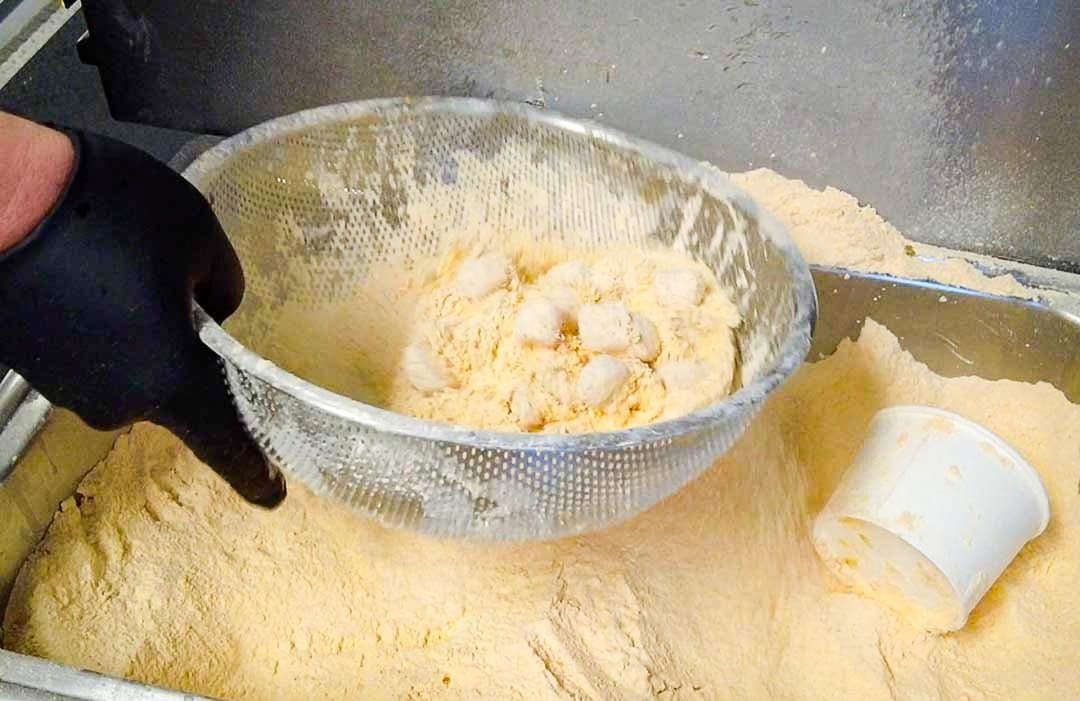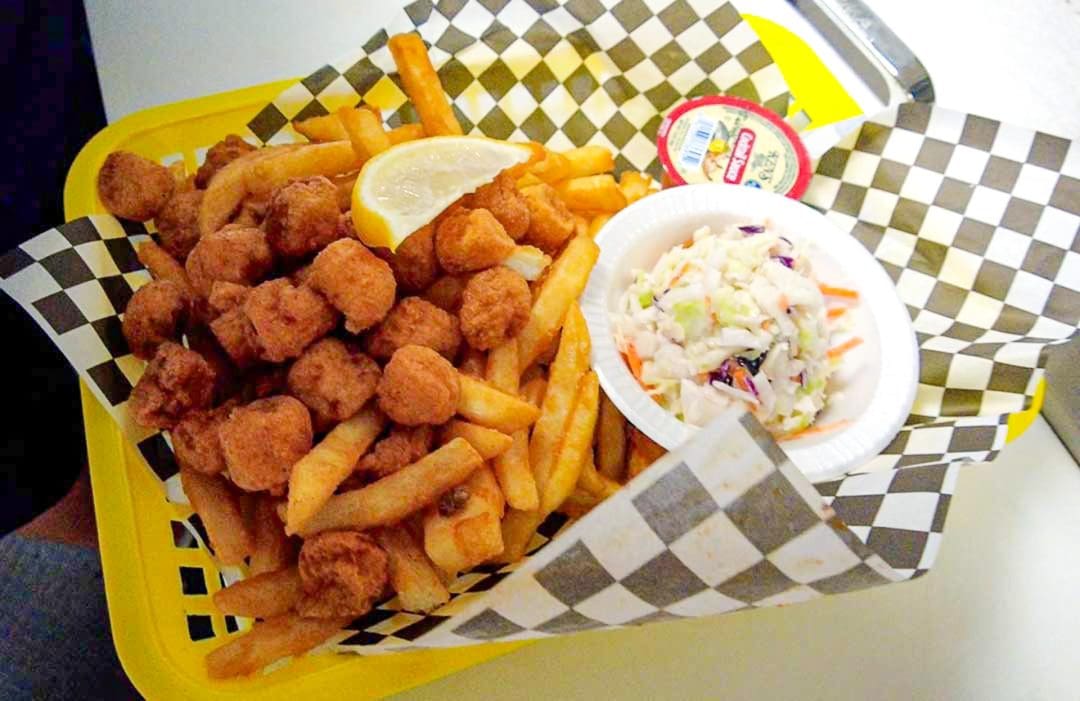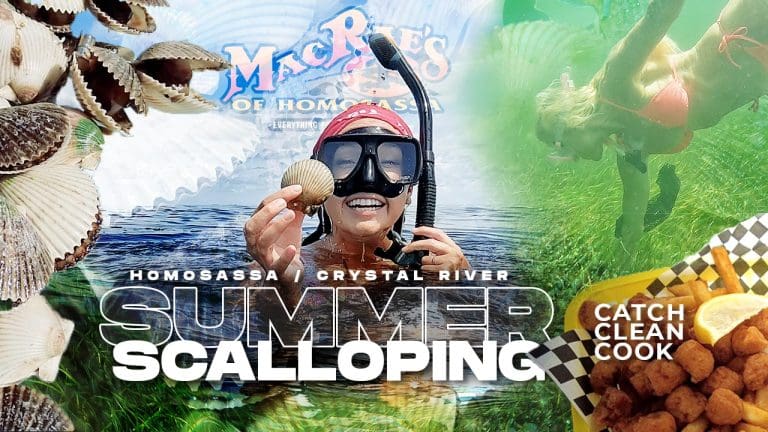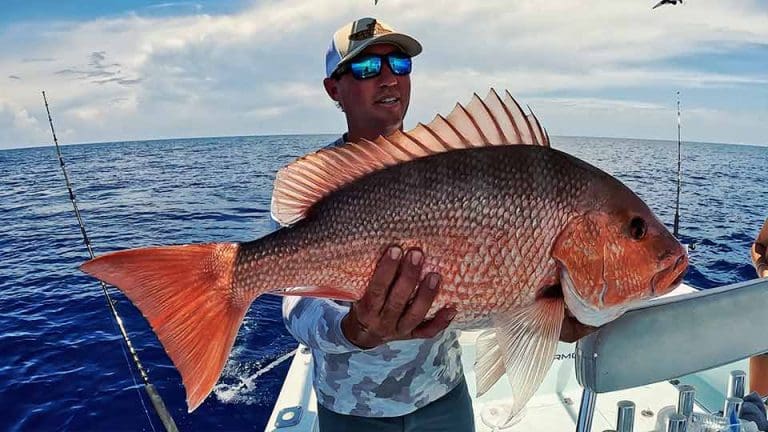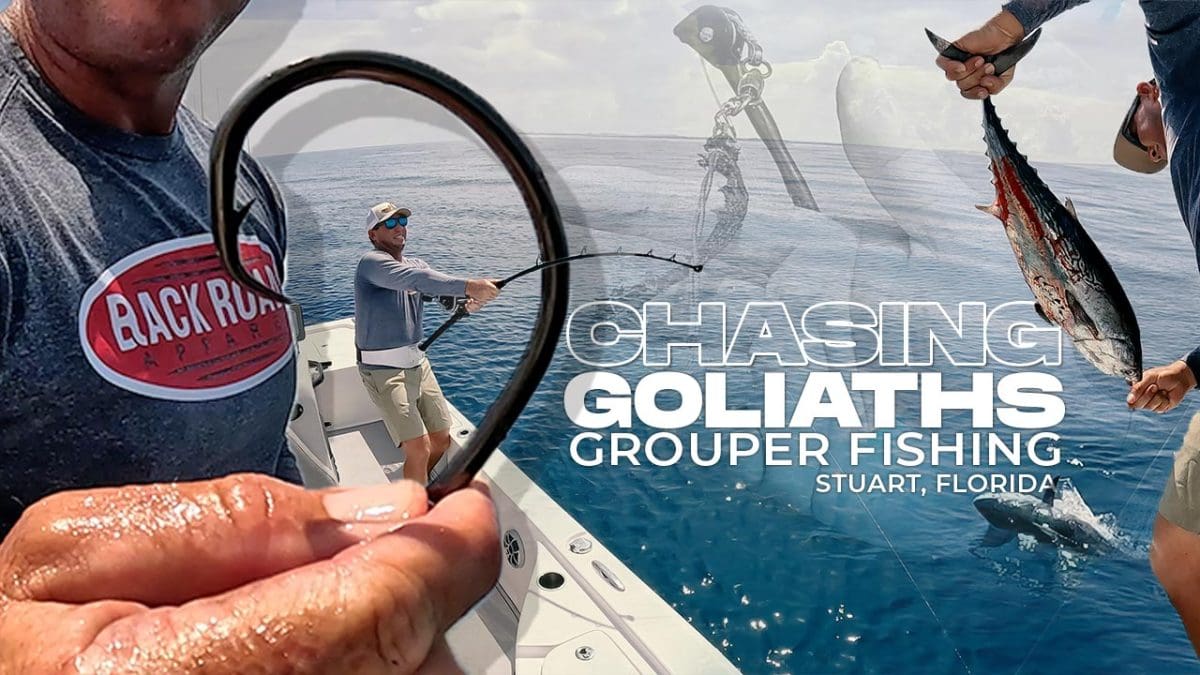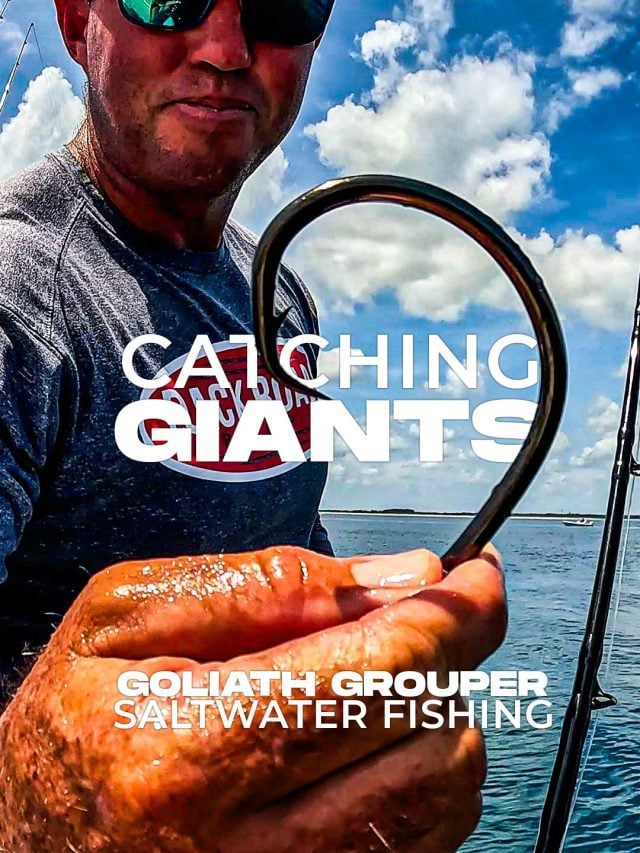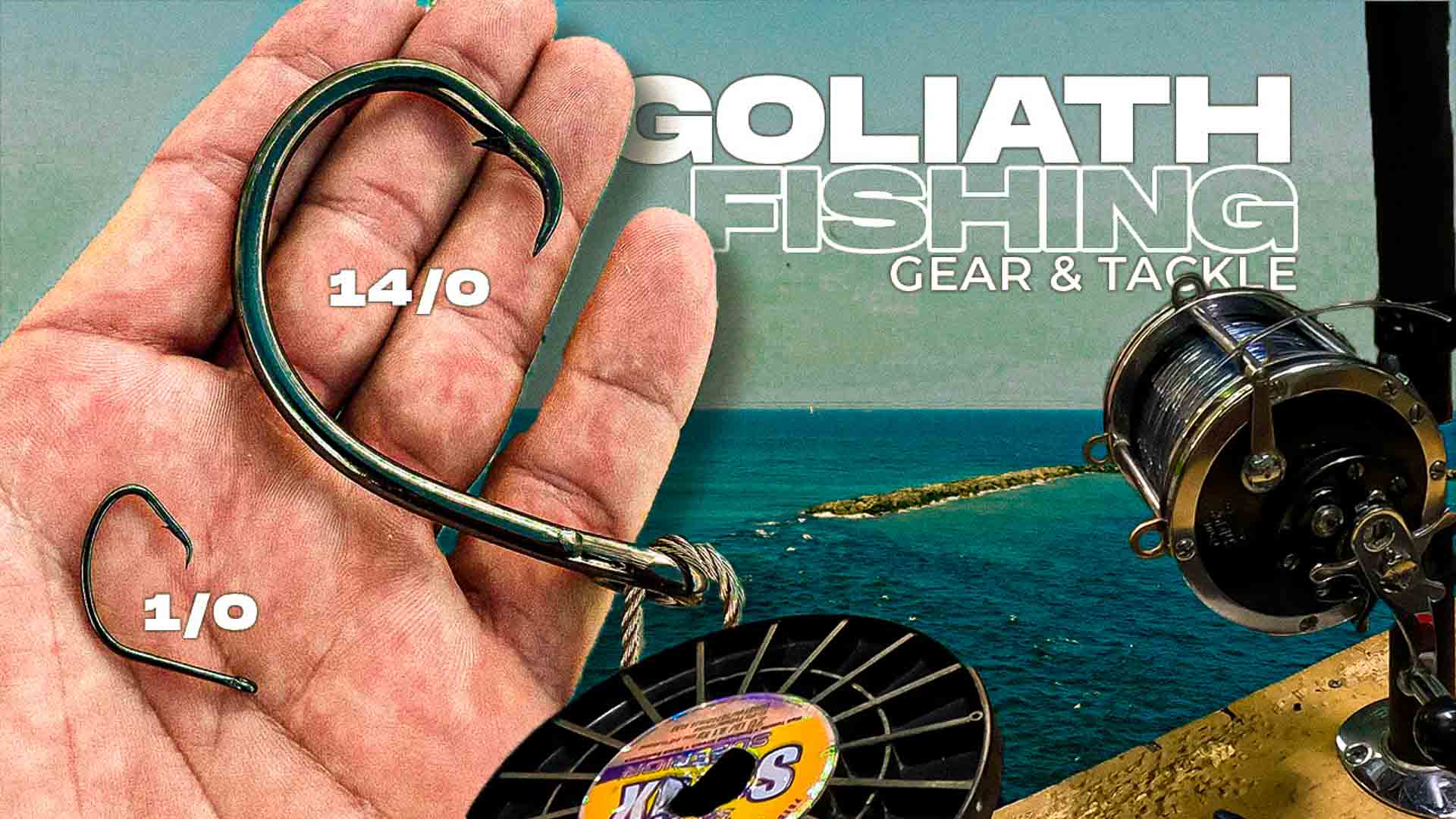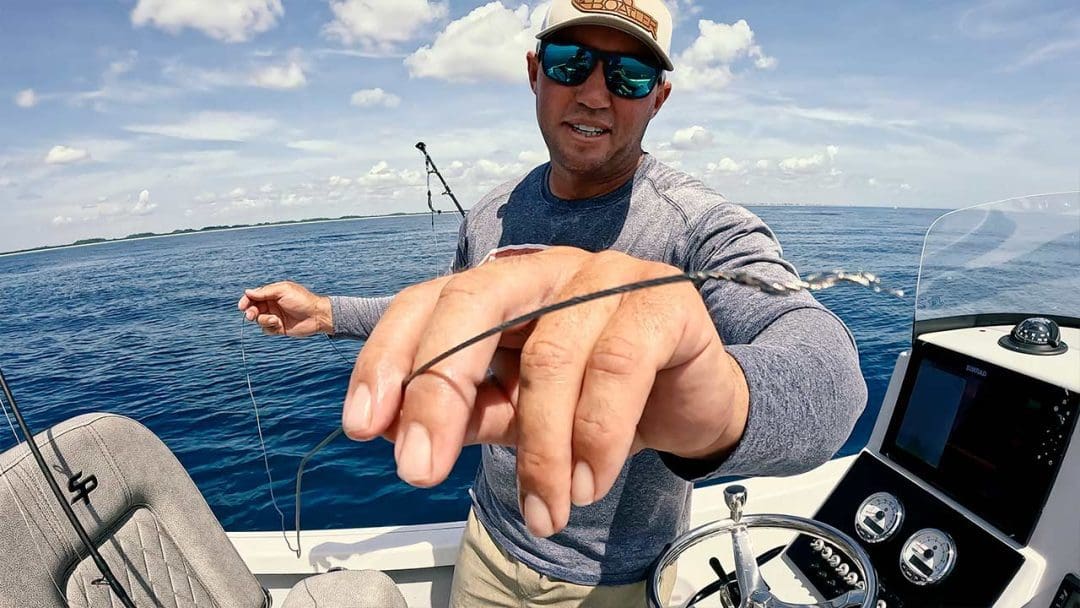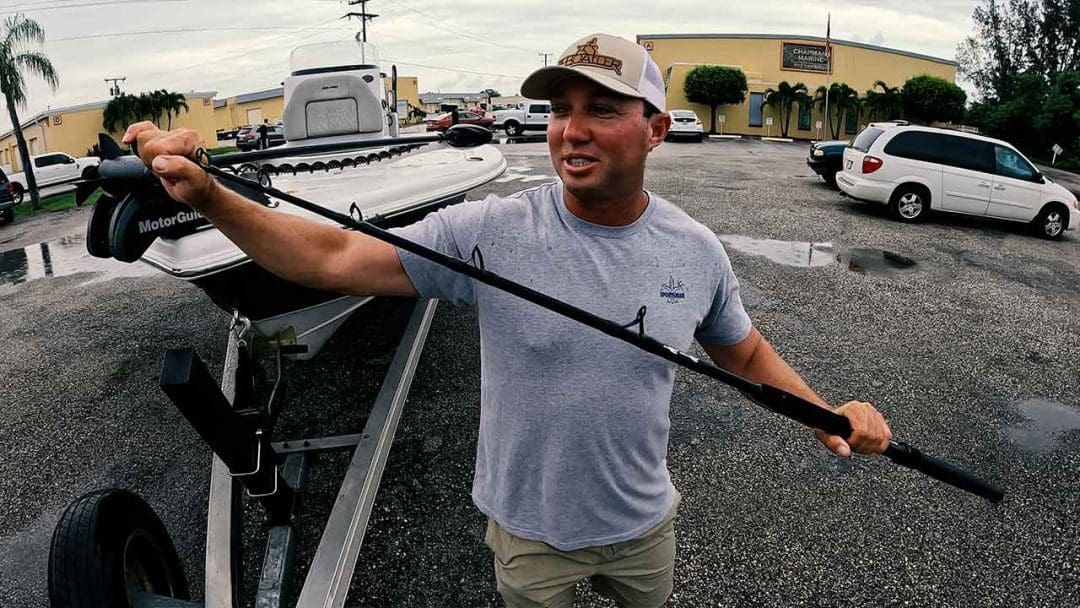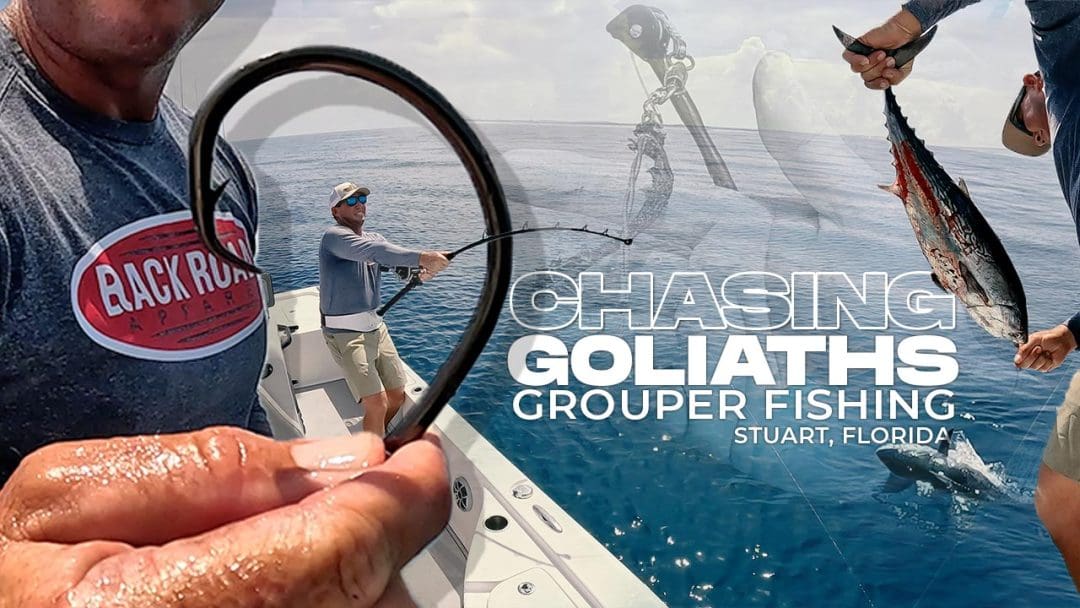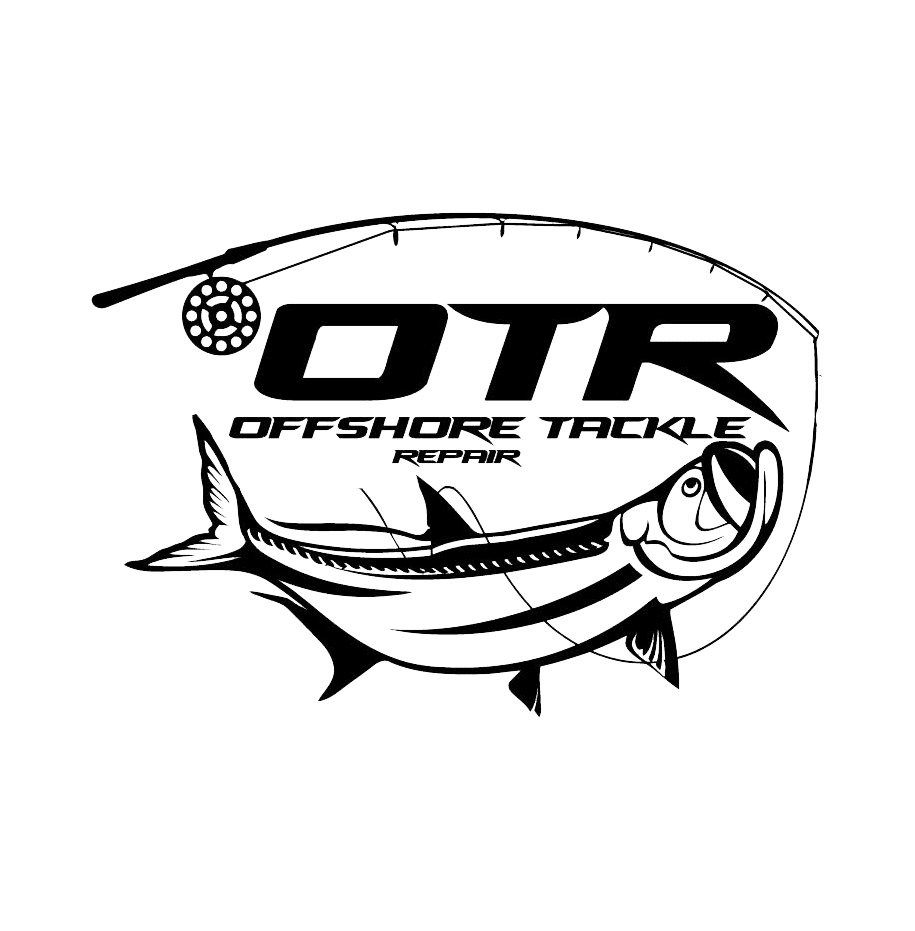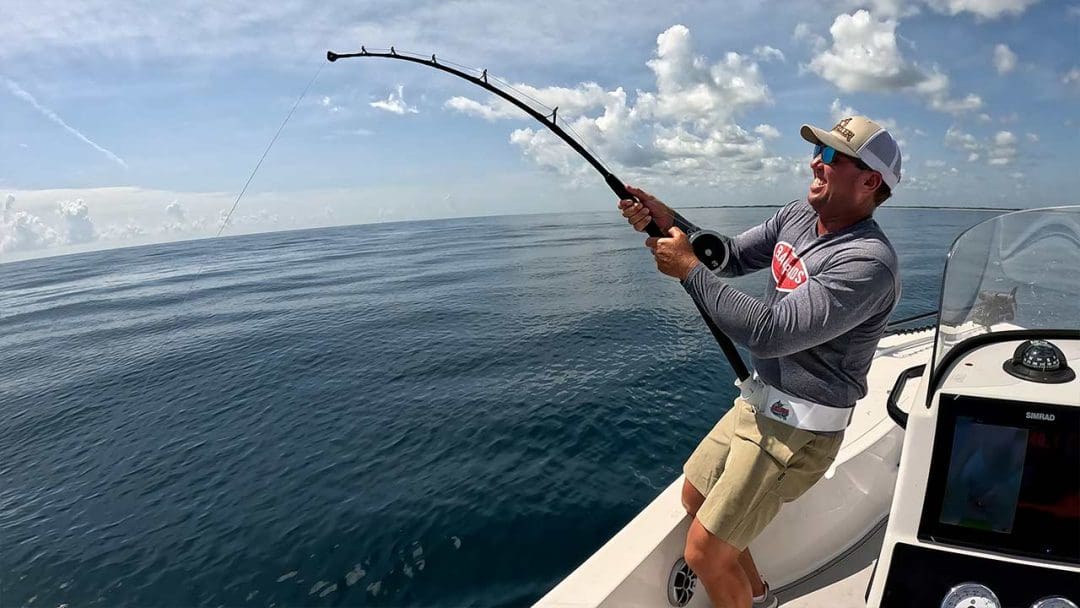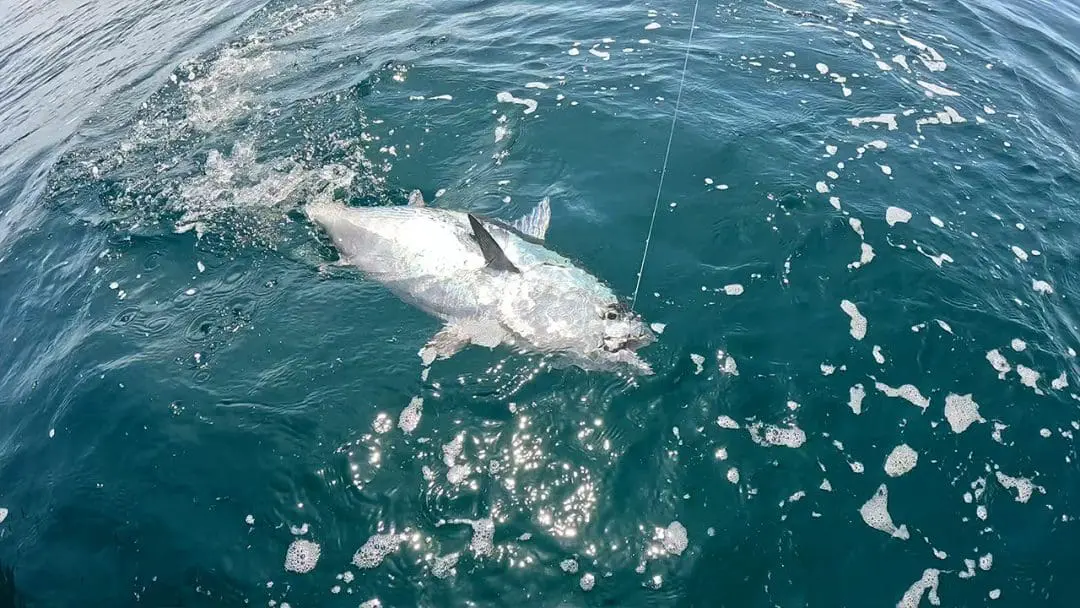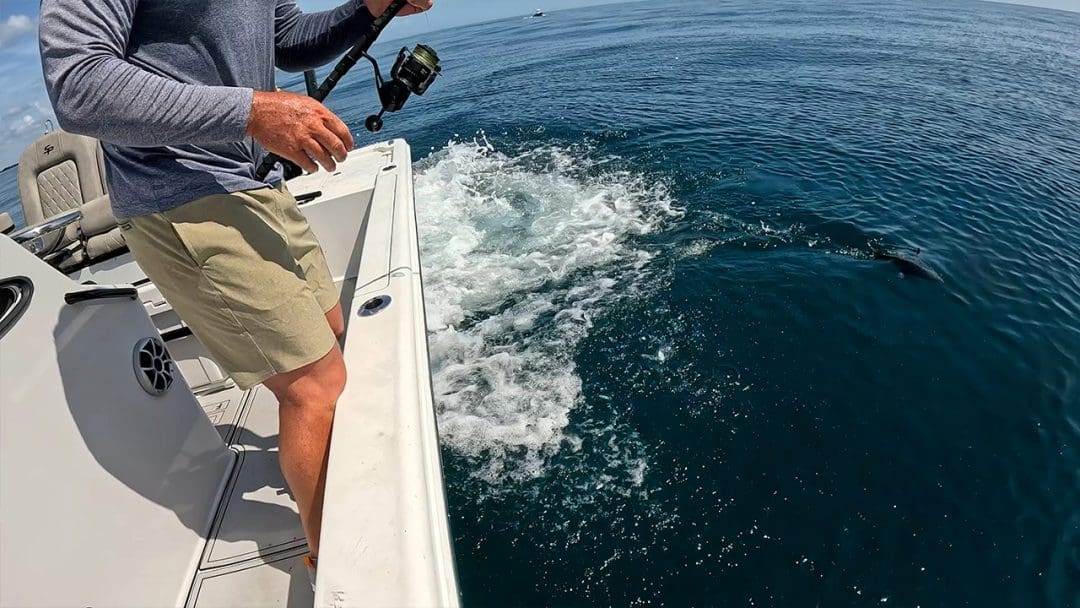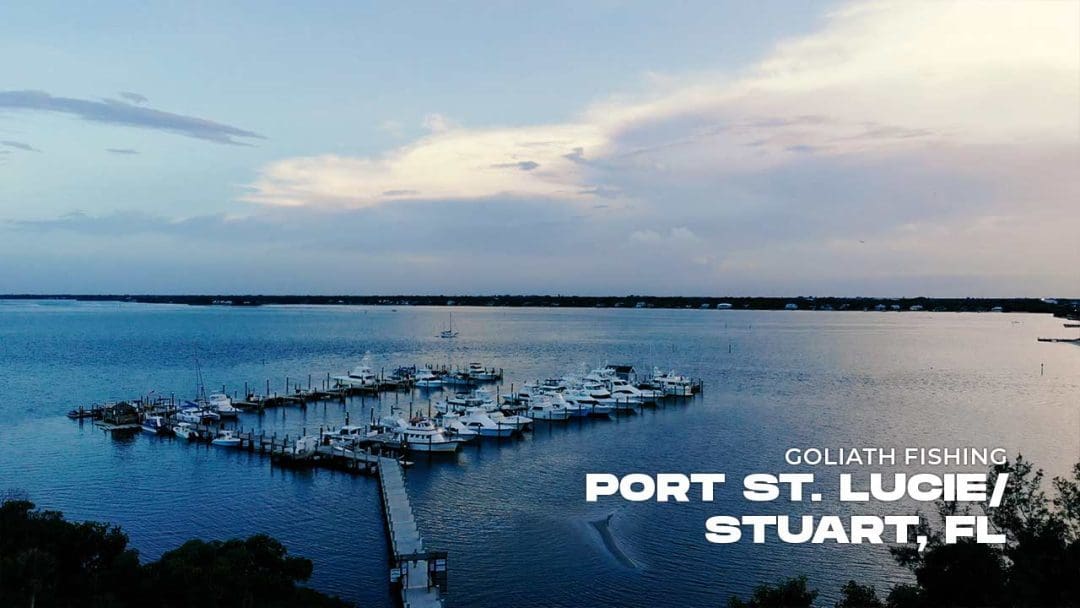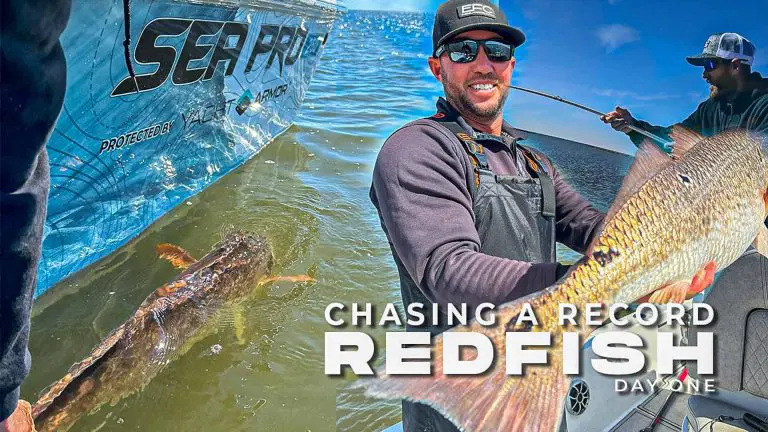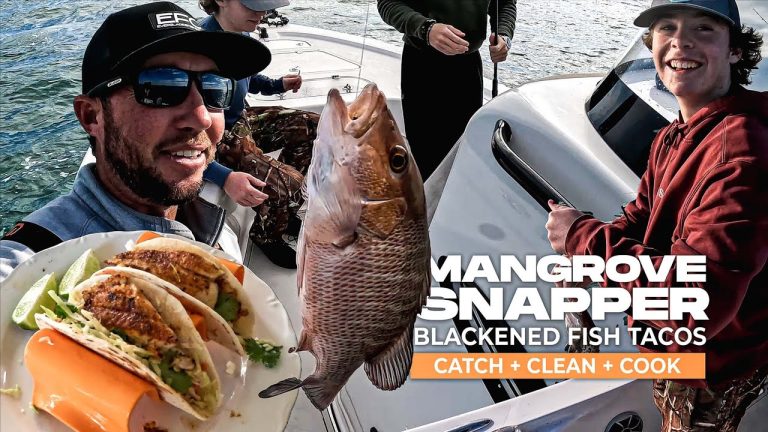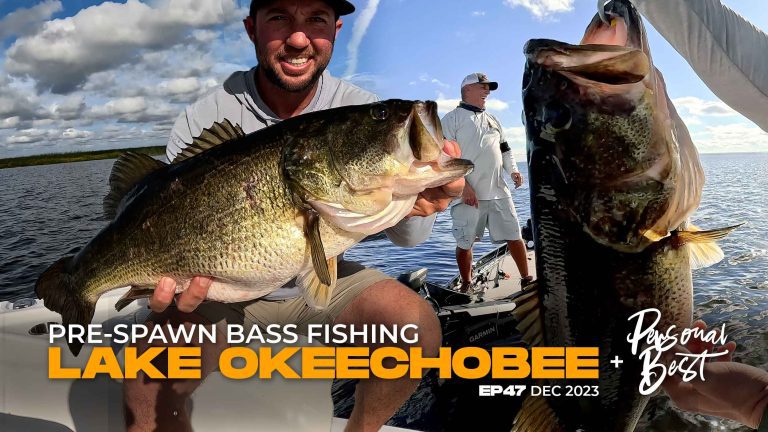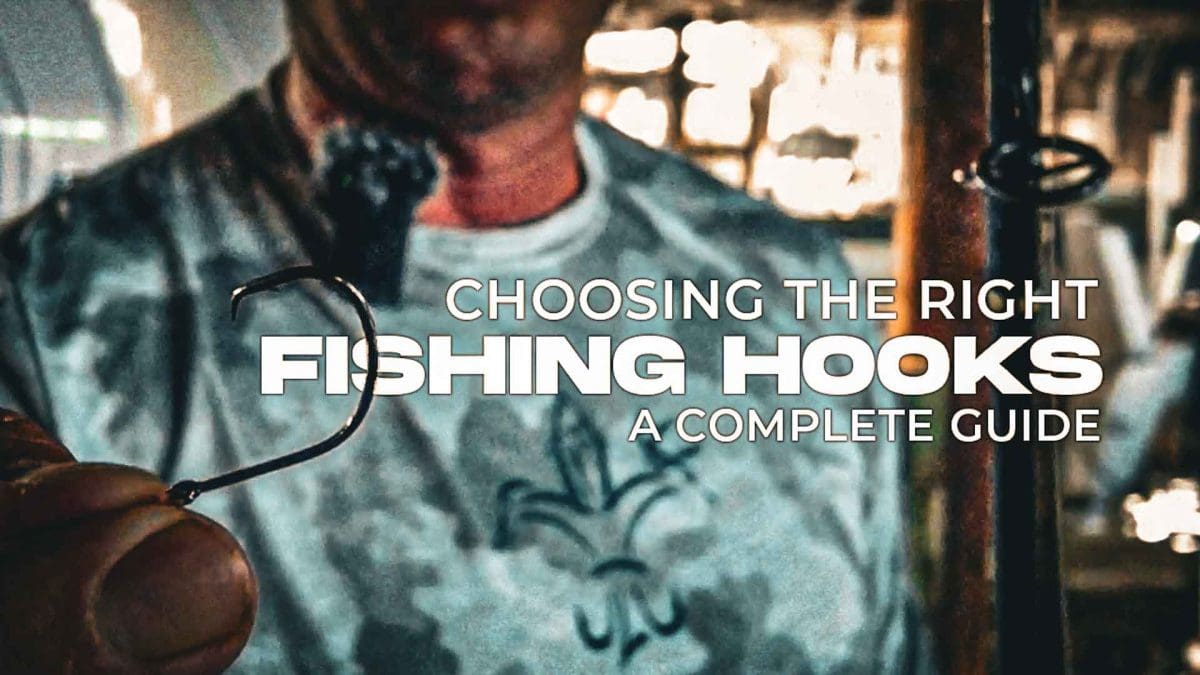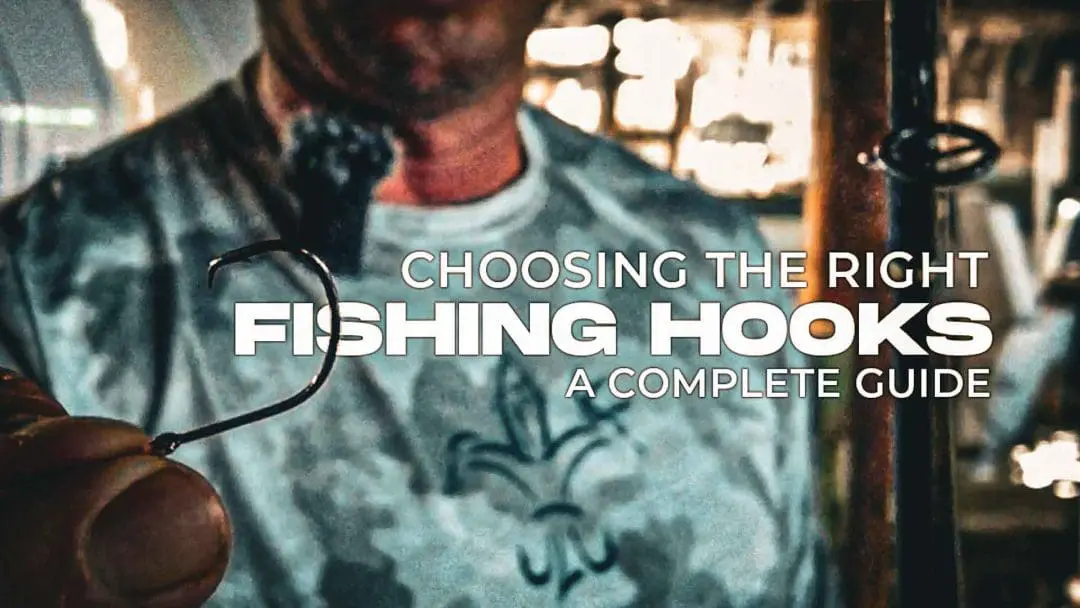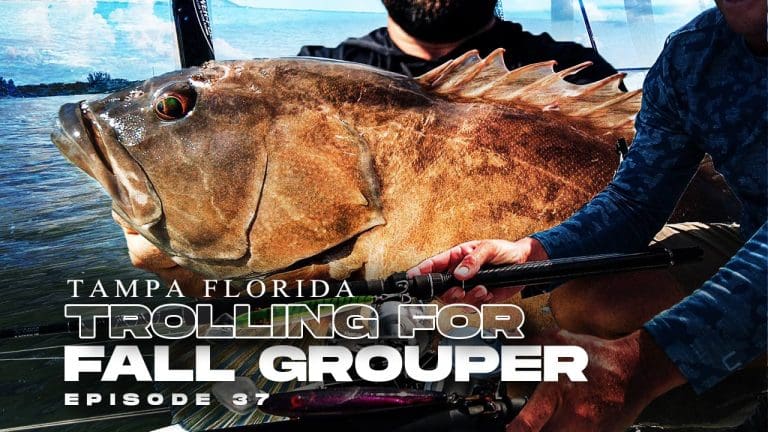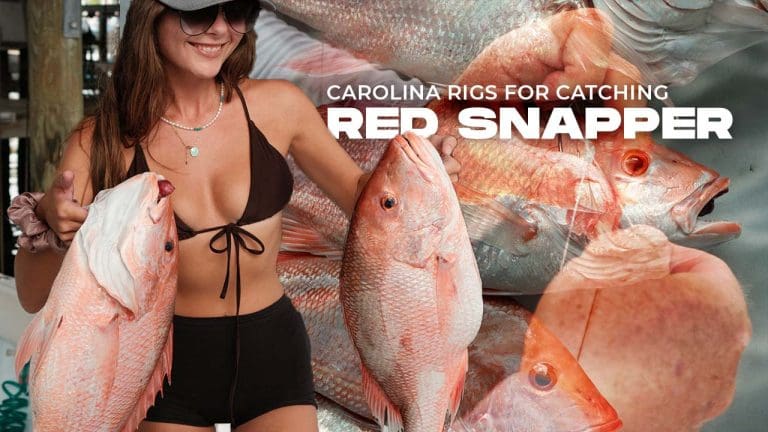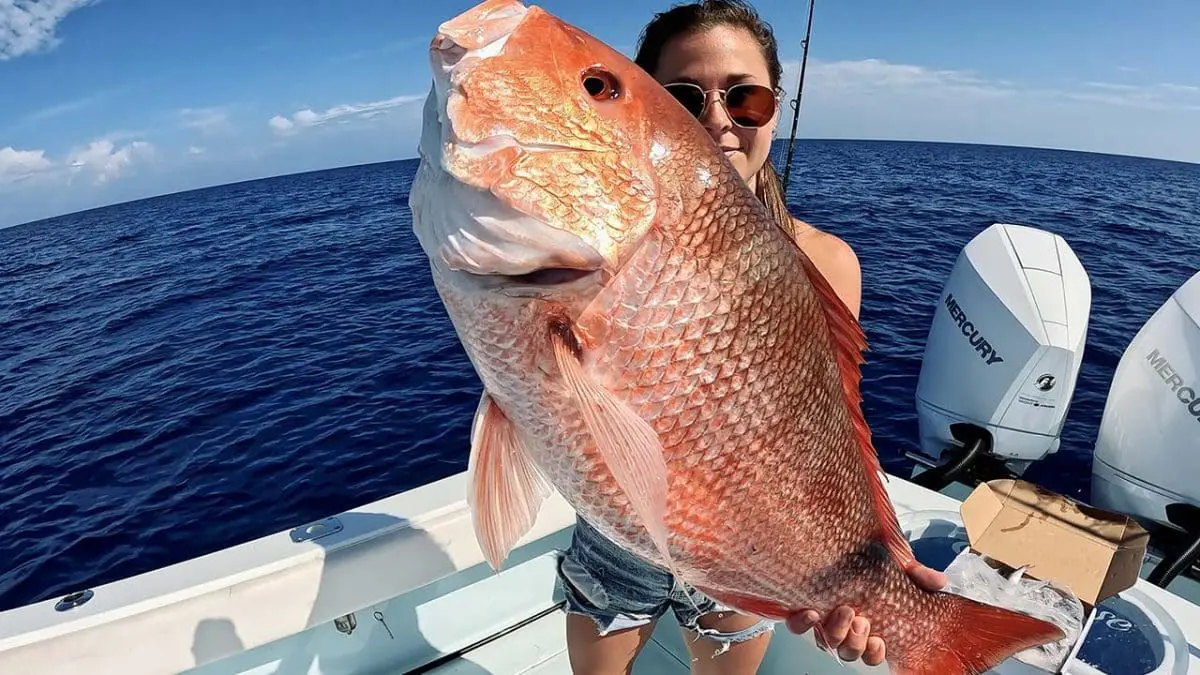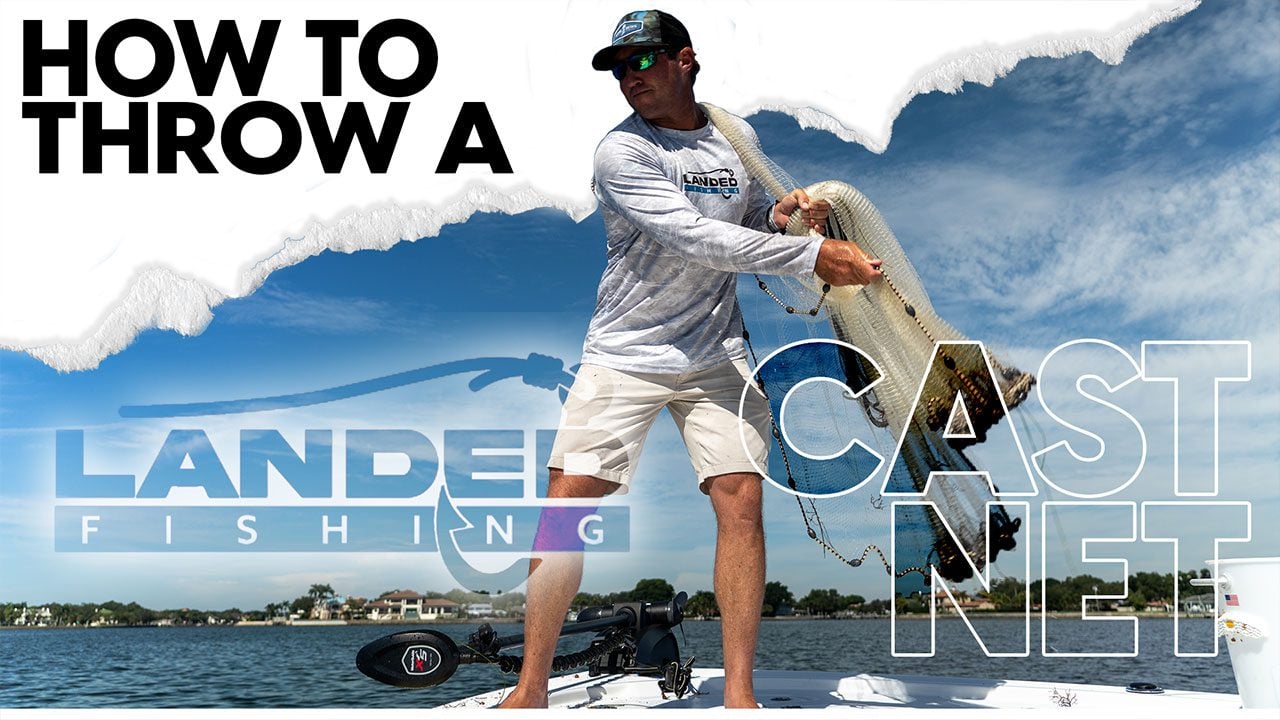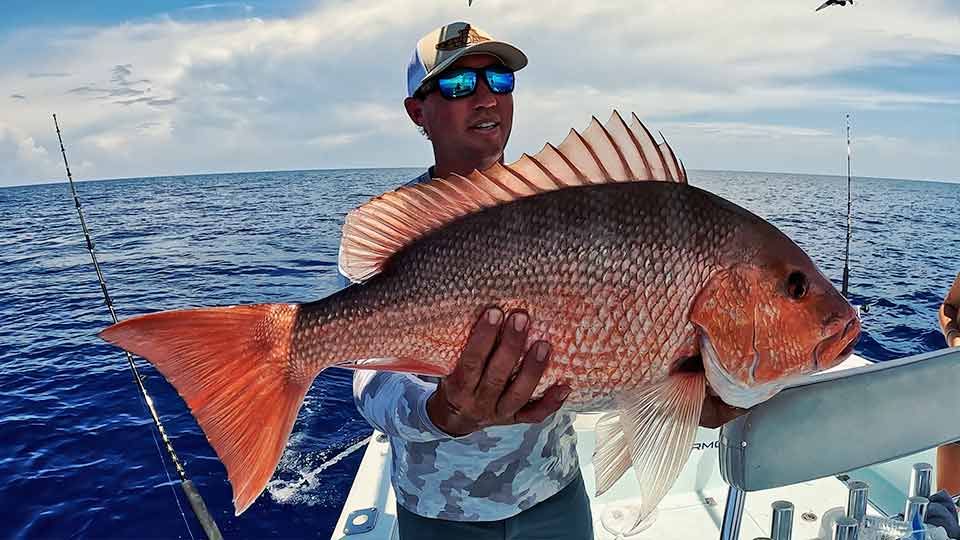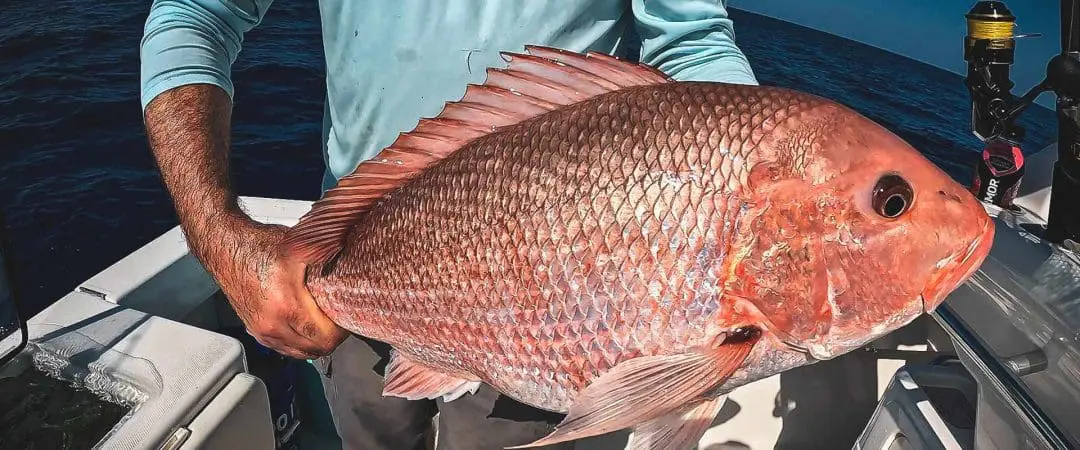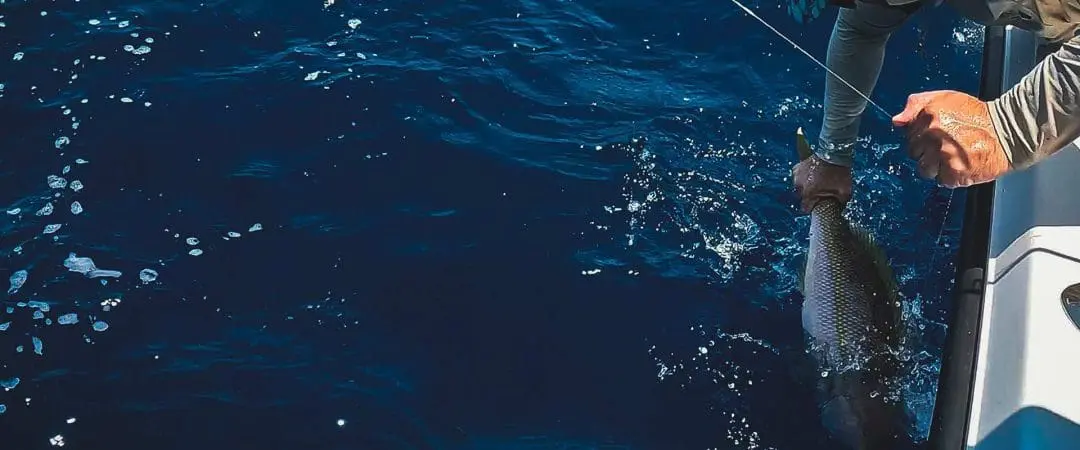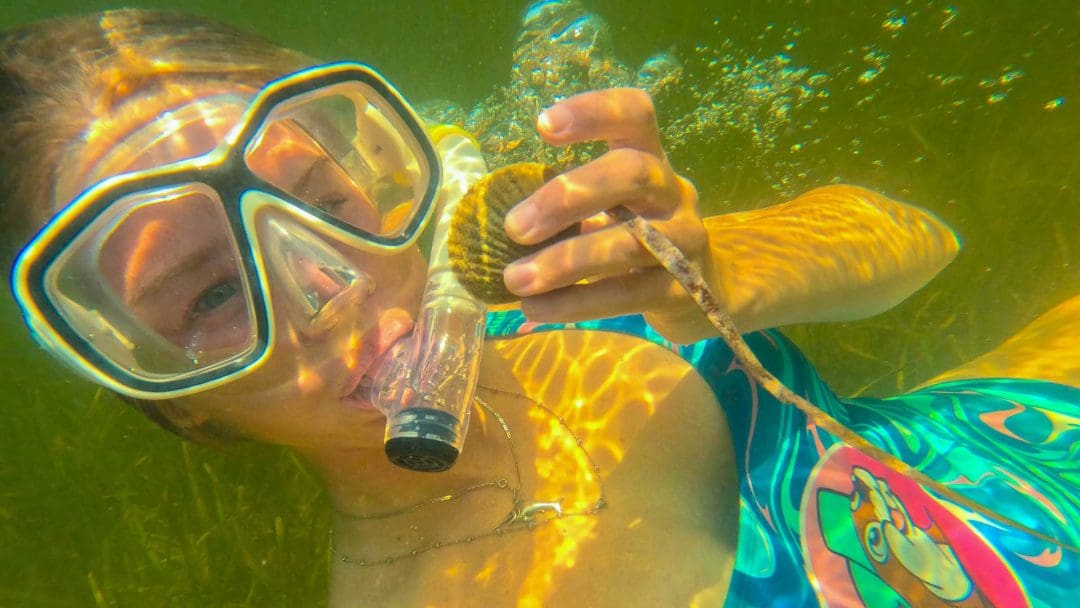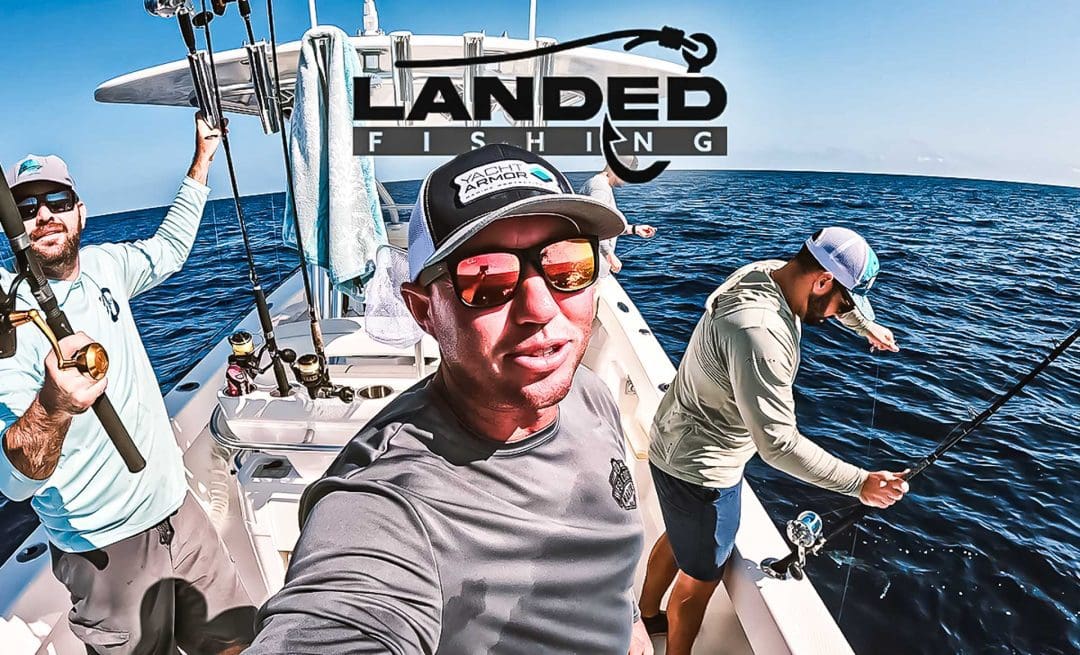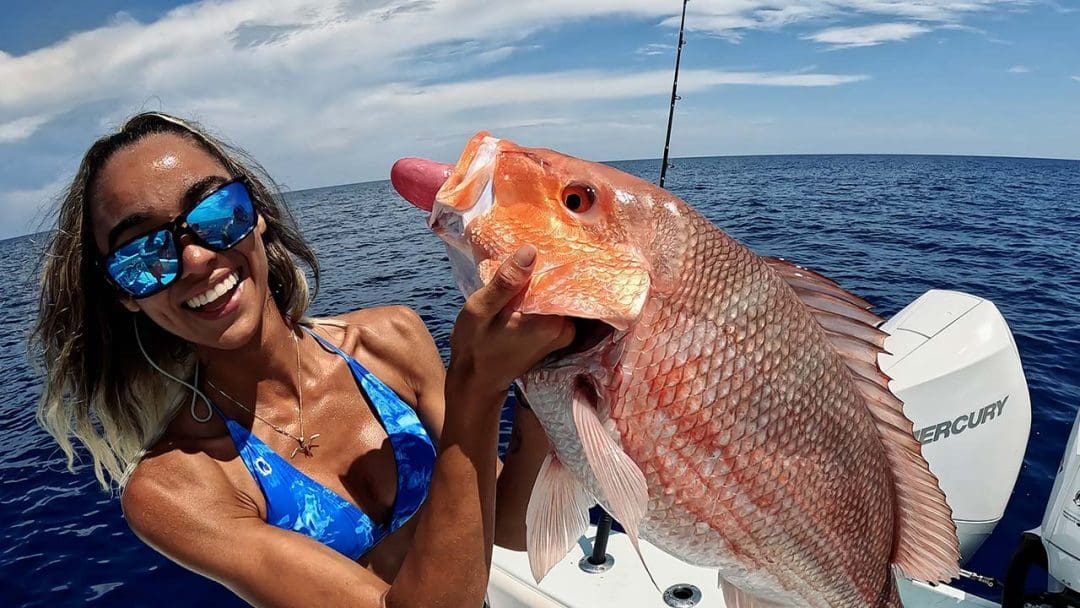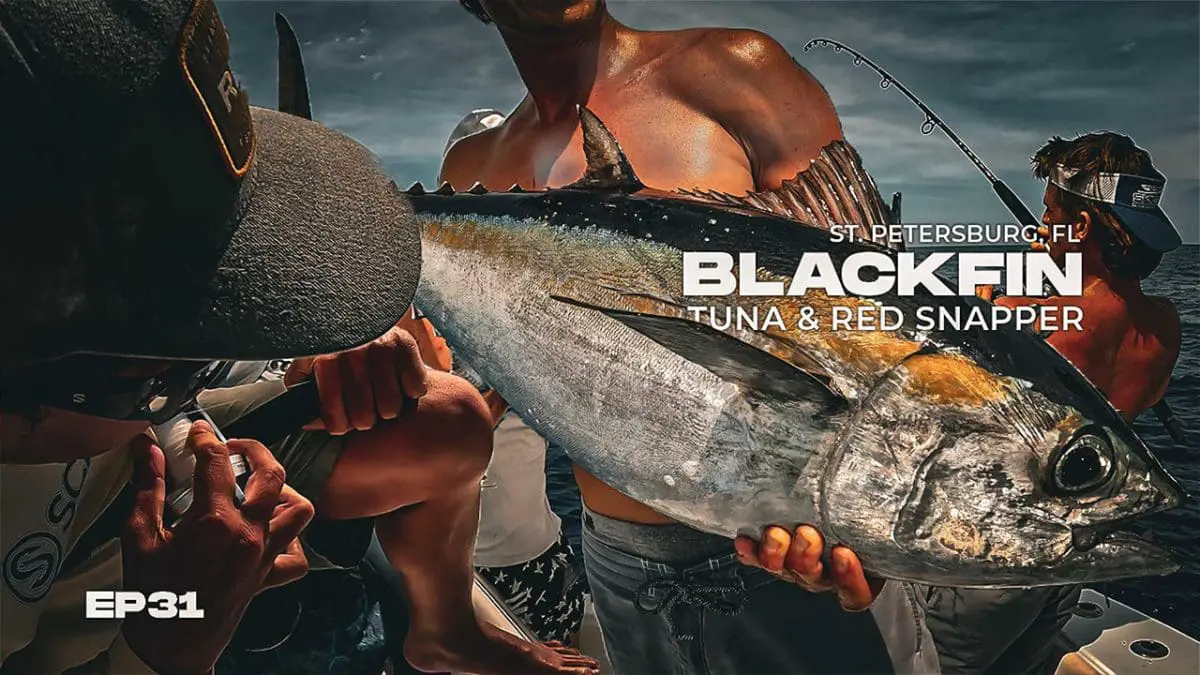Marine Hull + Display Protection Film
Discover Yacht Armor’s Marine Protection Film (MPF), an 8mil tough and durable solution designed to safeguard your vessel’s hull and electronics.
Watch Video: Yacht Armor Marine Protection Film
This revolutionary film provides impact resistance, UV protection, corrosion defense, and easy maintenance. It preserves your vessels resale value, saves on costly repairs, and offers a custom fit for a seamless finish.
Protect your investment with Yacht Armor’s MPF and sail with confidence. Contact us today to learn more and schedule an installation.
Say goodbye to annoying glare and hello to precise navigation.
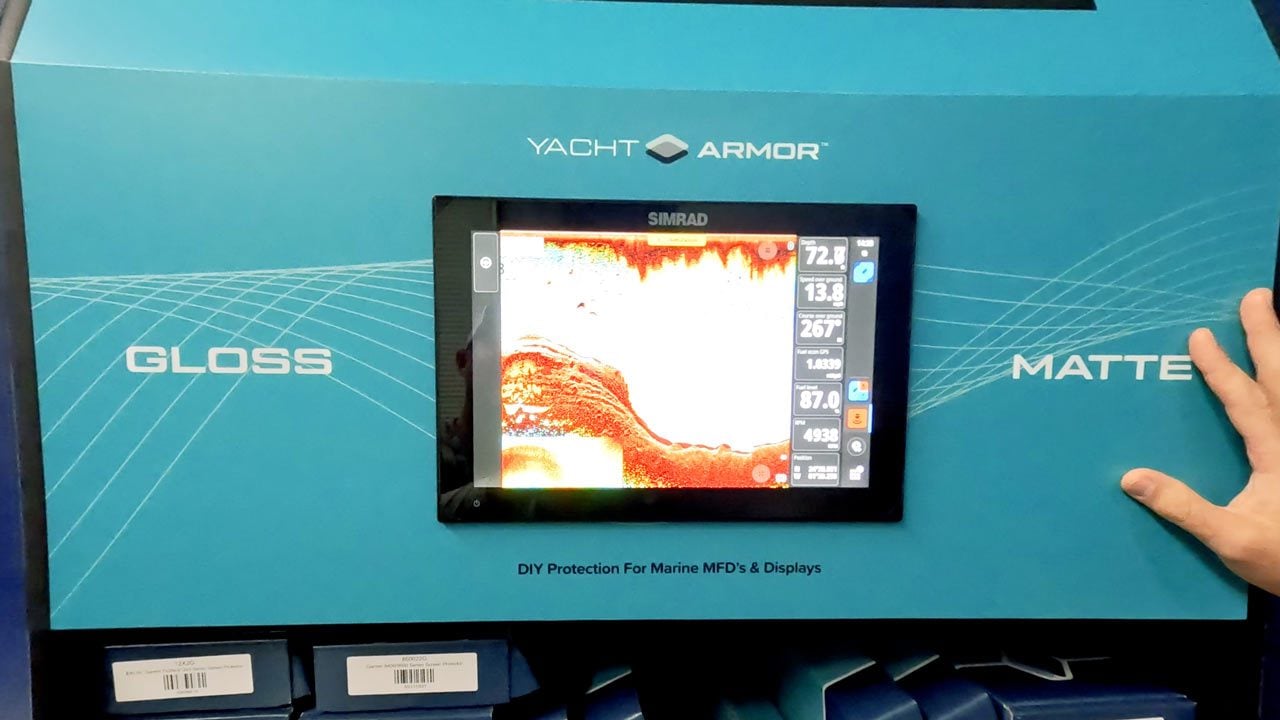
Marine PPF Screen Protectors and Surface Protection Films
Marine PPF film offers a practical solution for protecting your boat against various elements, extending its lifespan, and maintaining its pristine appearance.
If you’re looking to enhance your boat’s resilience and value, marine PPF can be a valuable investment.
Choosing Gloss or Matte Finishes
The decision for matte or a gloss finish really is personal preference, but as Michael from Yacht armor recommends, if “glare” is a top concern then the “matte” option is what would work best.
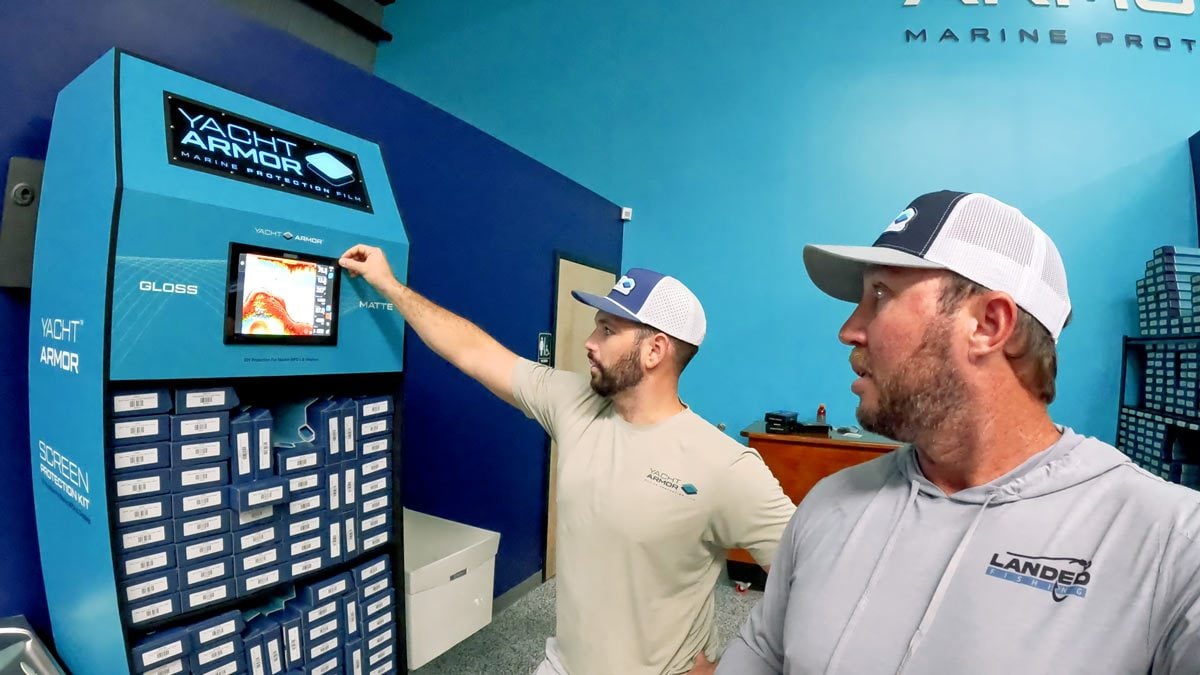
Why is Marine Screen Protection so Important?
We spend a small fortune on our electronics and gear, every step we can take to protect it will continue to repay us in dependable operation when you need it most.
Protecting Your Equipment:
Sun, saltwater, and occasional splashes are no match. Keep your screen readable at all times.
Maintaining
Clarity:
Your fishing trips depend on accuracy. Ensure that your navigation remains unobscured.
Maximize
Longevity:
Devices are an investment. Protect them to ensure they last for many fishing trips to come.
Defend Your Vessel
Fishing isn’t just a hobby; it’s a passion. But the open waters, while breathtaking, can be tough on your boat.
From abrasive saltwater to unexpected debris, there are countless ways your vessel can incur damage. But with PPF boat protection film, you can safeguard the high-traffic areas of your boat, hull, electronics and motor.

Benefits of Surface Protection Films:
Durable Defense:
Surface protection films help to resists wear and tear from the harshest marine environments.
Enhanced Aesthetics:
Keep your boat looking pristine. No more unsightly scratches or wear marks.
Investment Protection:
Boats aren’t cheap. Preserve the value and functionality of your prized vessel and it’s electronics for years to come.
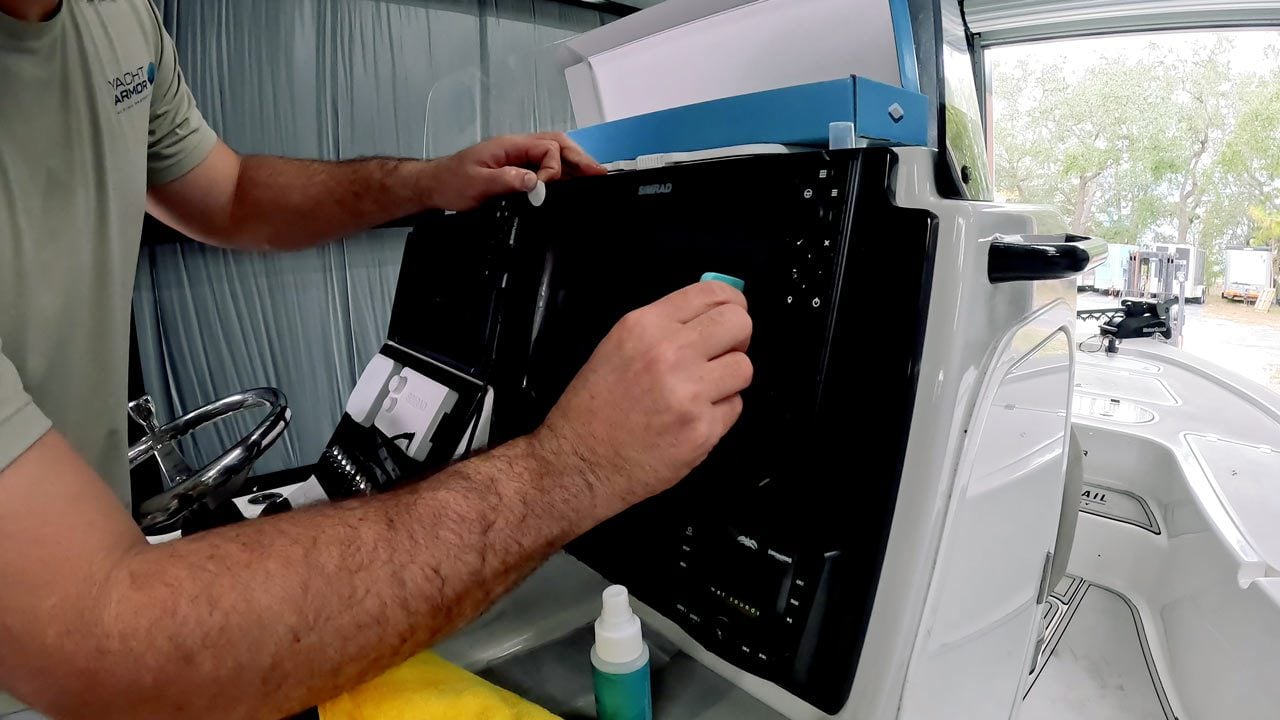
DIY Applying a Screen Protector
Applying Screen Protection Kit – Yacht Armor
Checkout the video for a Step-by-Step Application of Yacht Armor Protection Film
Watch Installation Video Clips
Step 1
Cleaning your Screen
Step 2
Wet the Screen and Squeegee Clean
Step 3
Wet the Back of Film and Apply
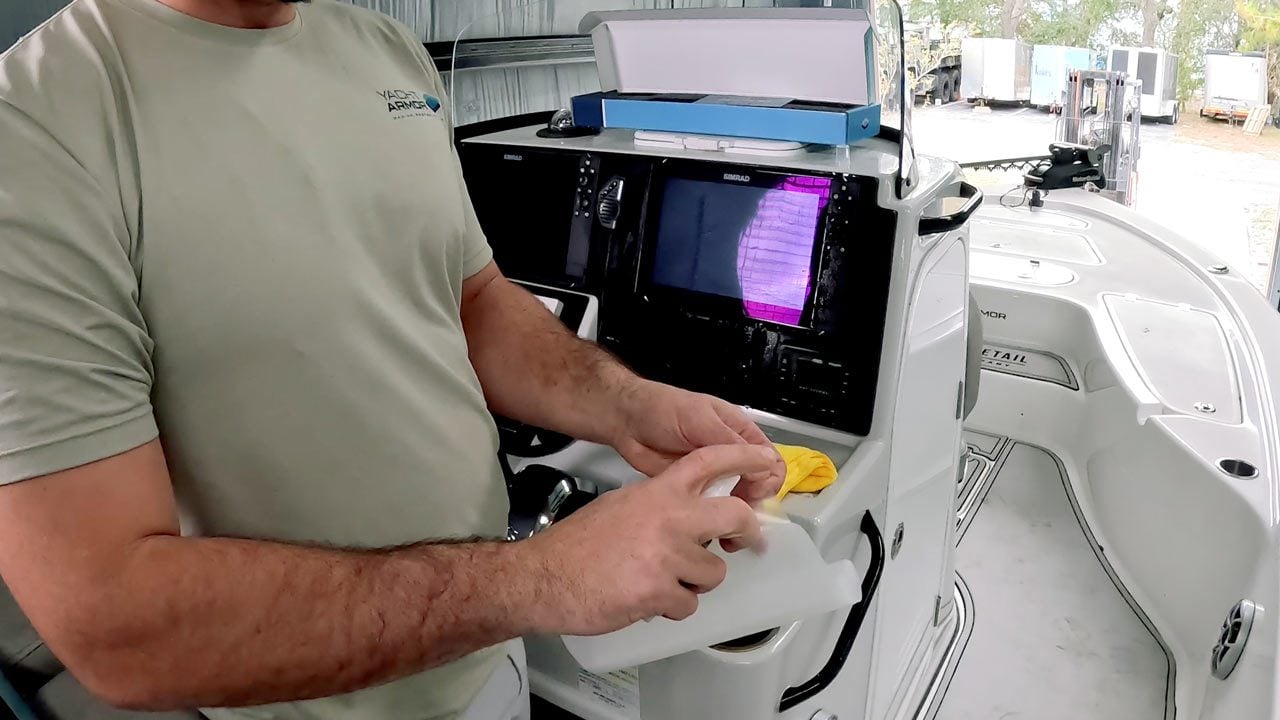
Step 4
Lining up Screen Protector
Step 5
Squeegee Inside Out to Edges
Step 6
You’re All Done! Dry Off Excess Solution

Protecting Your Investments
Surface Protection Film:
We know the pain of witnessing scratches and dents on your boat after an intense fishing trip.
Surface protection films acts as a shield, defending against the everyday environmental challenges faced at sea.
GPS Screen Protector:
The open waters can be unpredictable. Relying on a scratched or damaged GPS screen isn’t just an inconvenience—it’s a safety concern.
Secure your safety and efficiency with Yacht Armor durable GPS screen protection film.
Boat Protection Film:
Fishing requires focus. Constantly worrying about potential damages to your boat’s hull or motor can be distracting.
Gain peace of mind with our resilient boat protection film.
Go Forward with Confidence
Your time out on the water should be about the thrill of the catch, not the anxiety over potential damages.
Protecting your investments by providing superior protection, so you can focus on what truly matters—landing that next big catch.
PPF Screen Protectors & Marine Protection Film FAQs
Explore More
No posts found!


